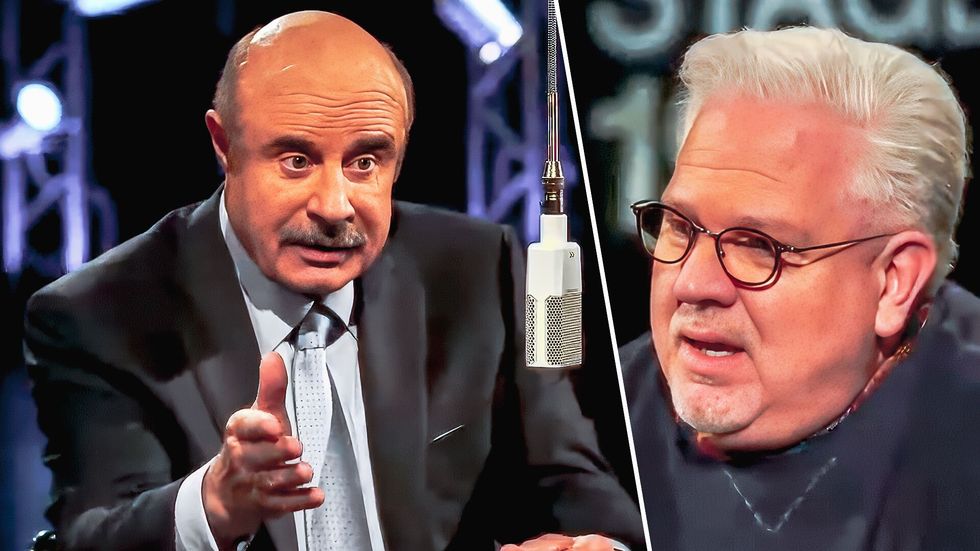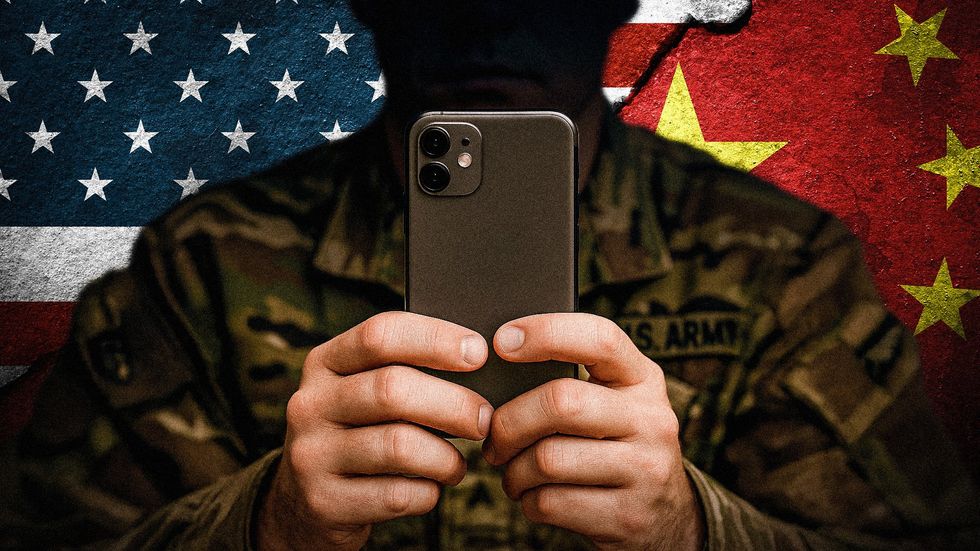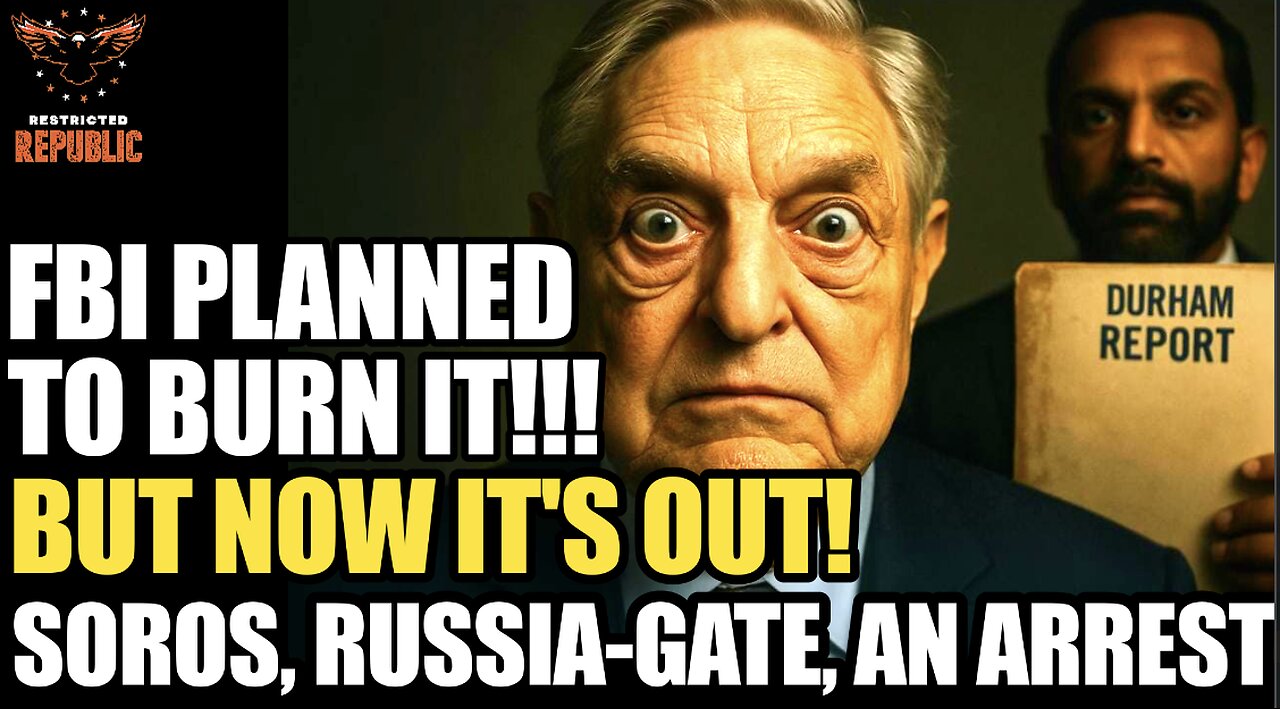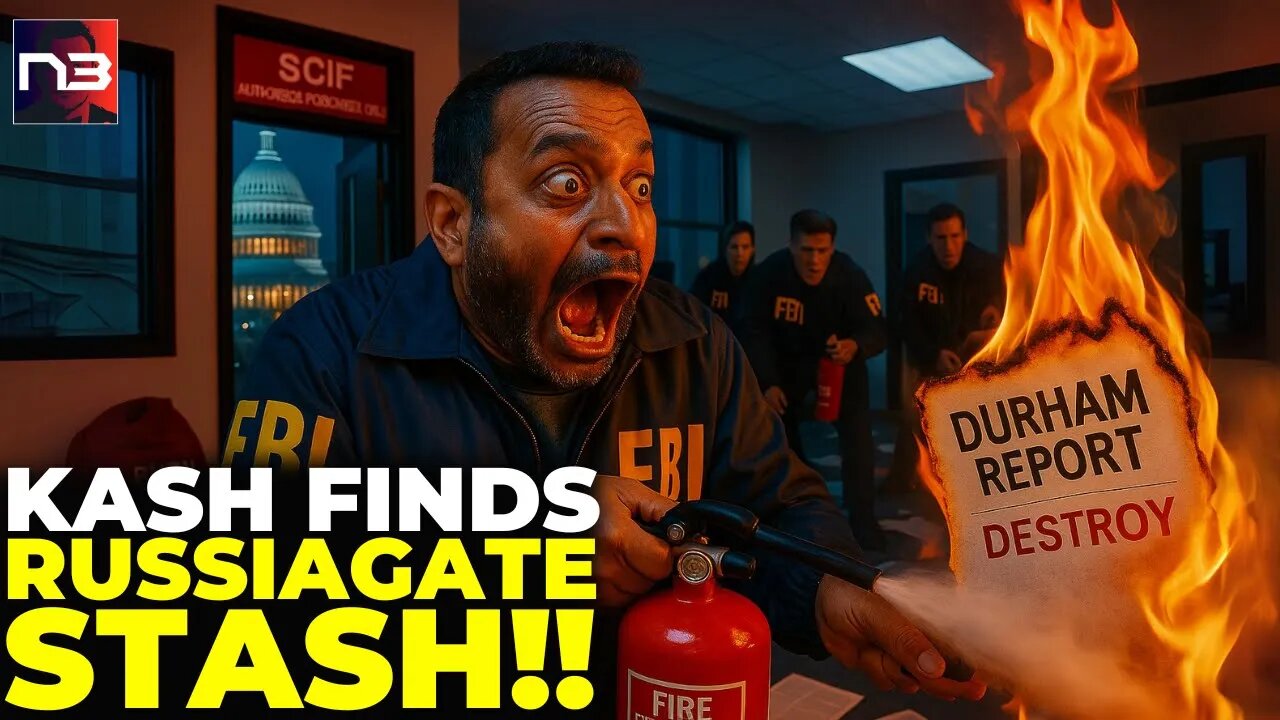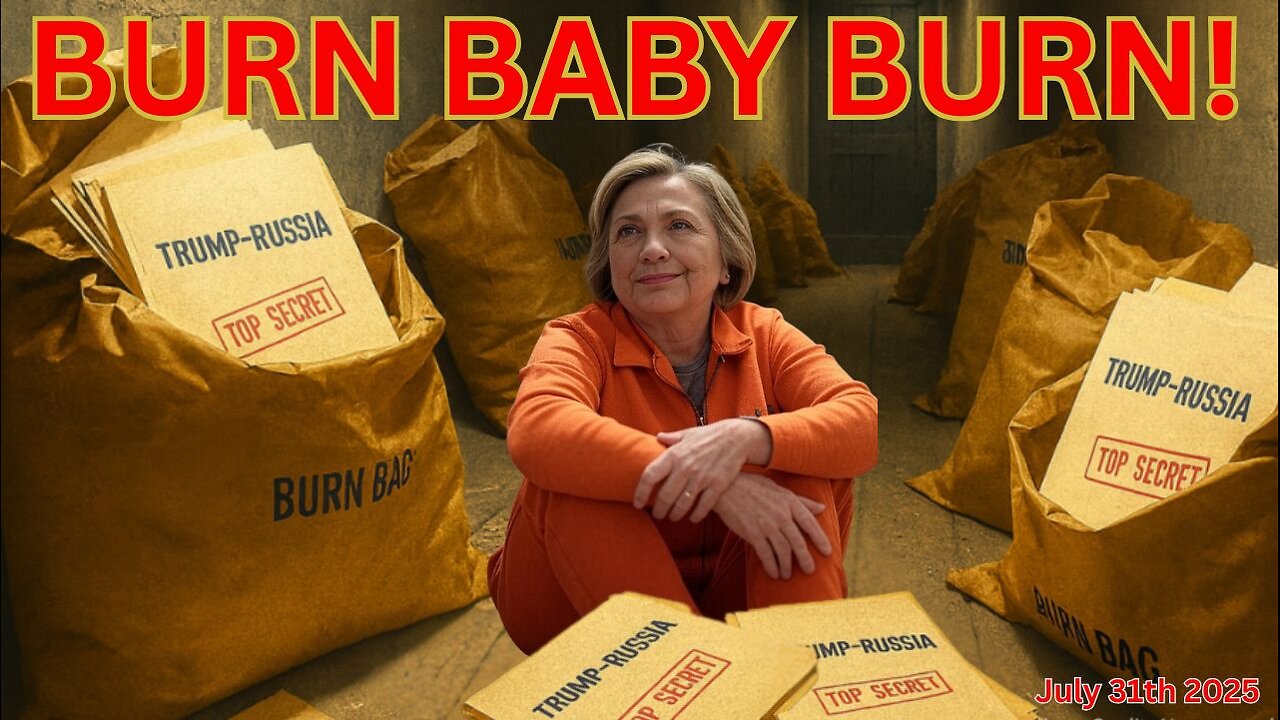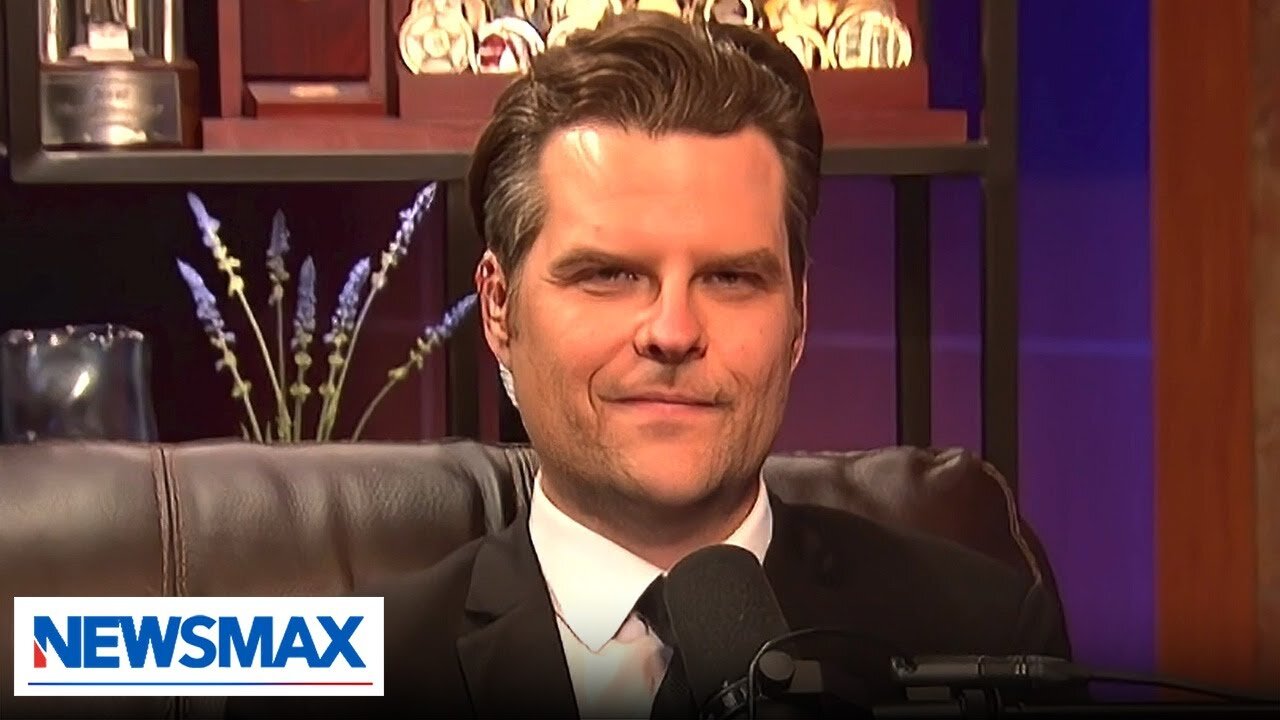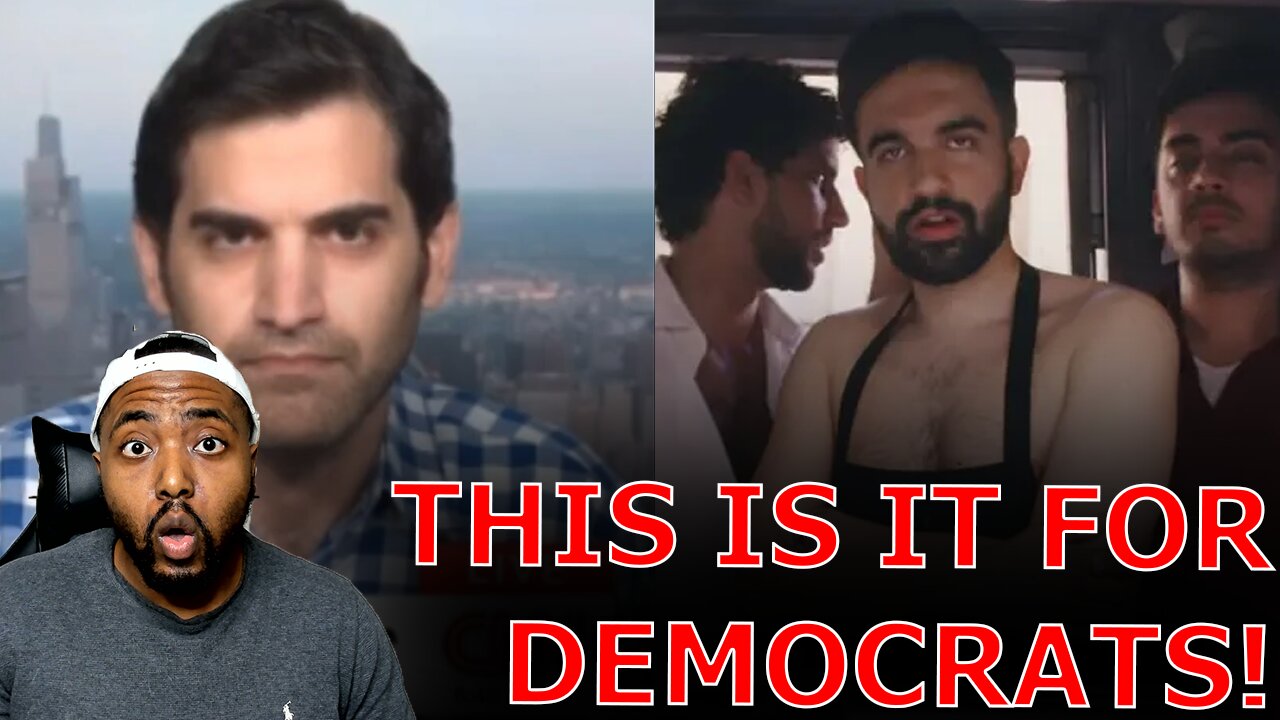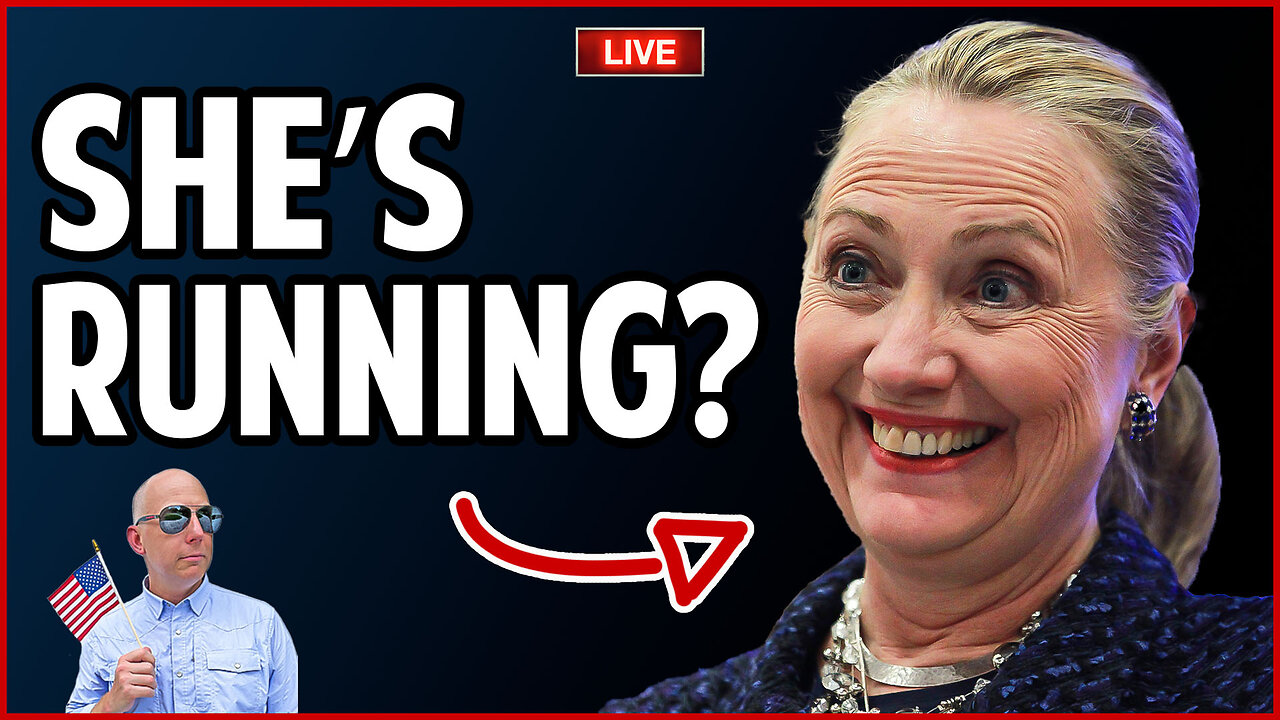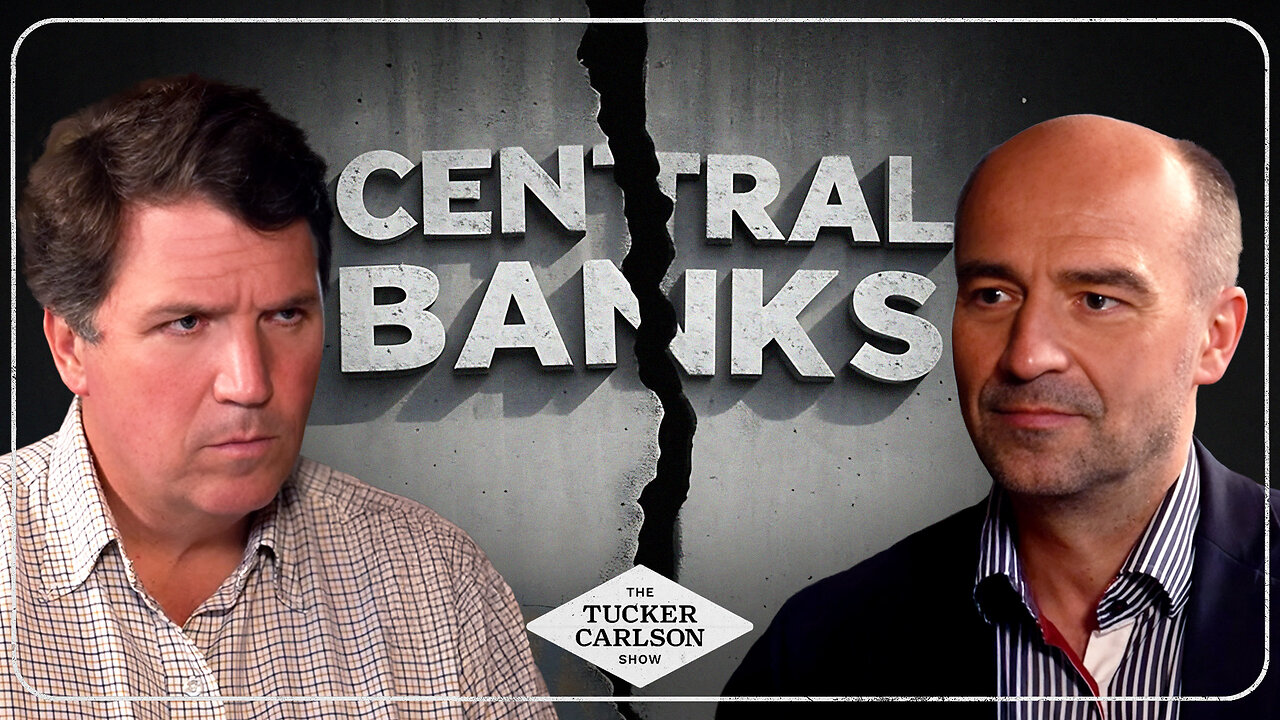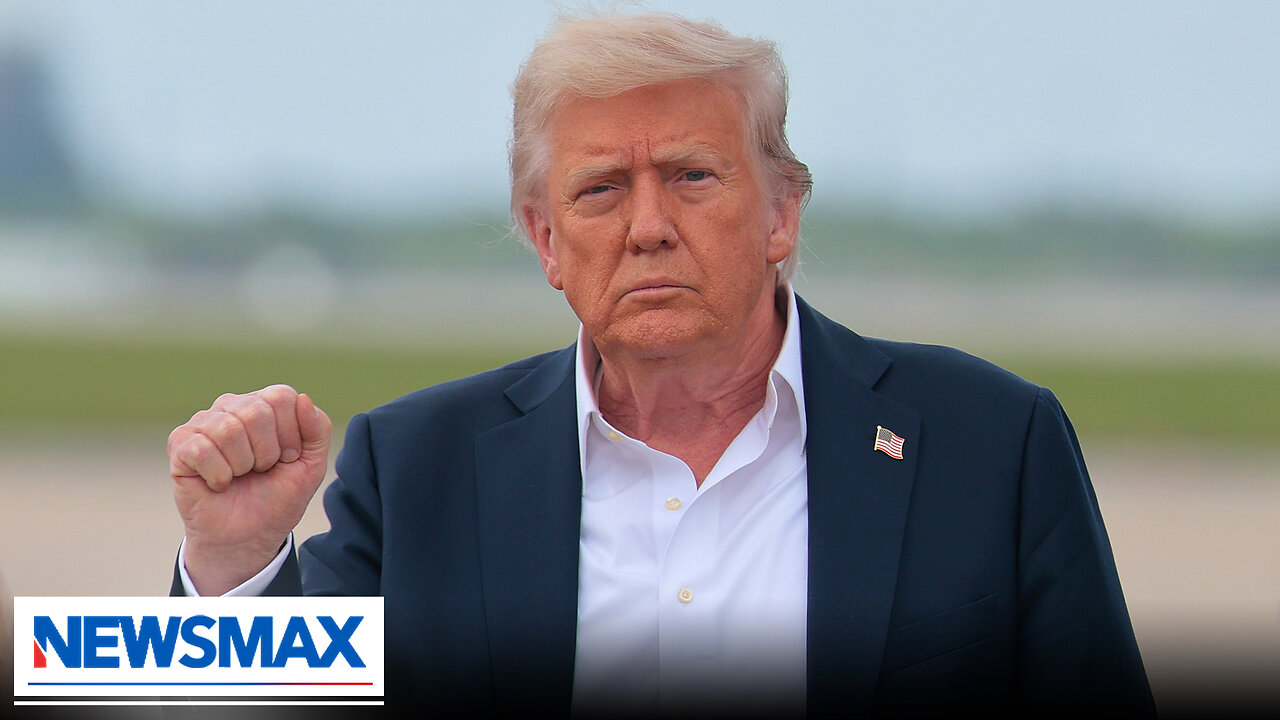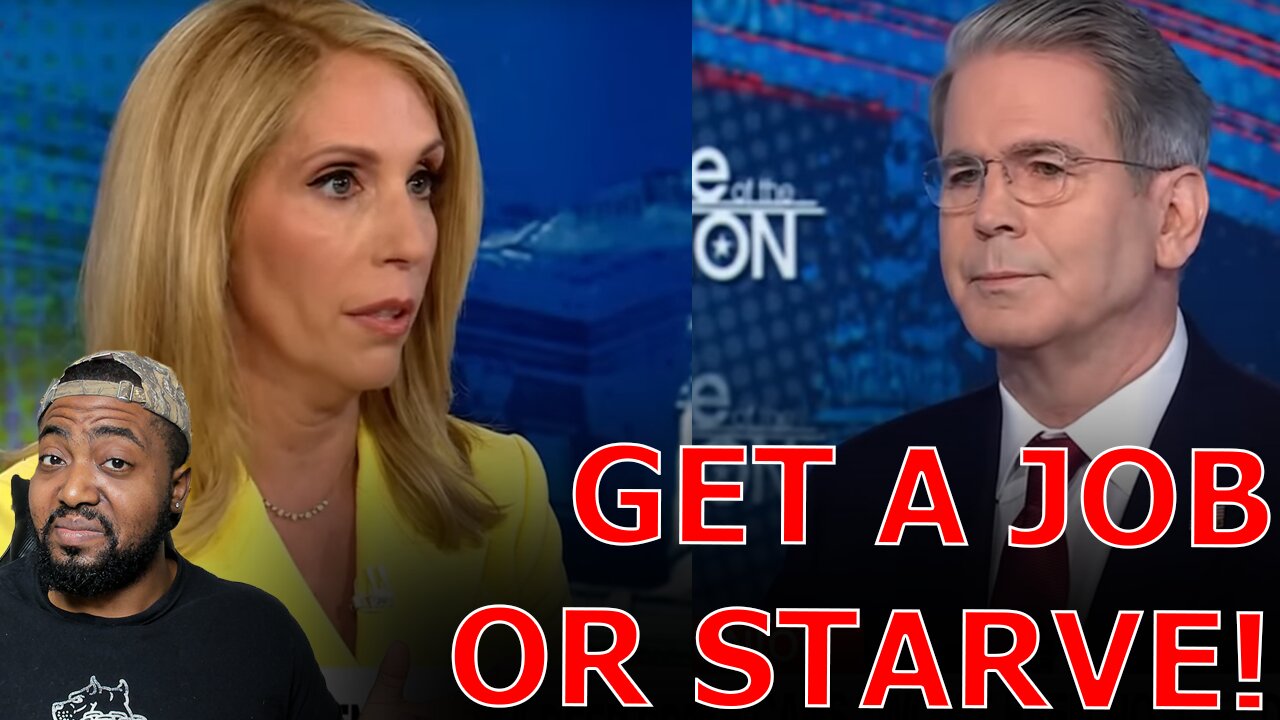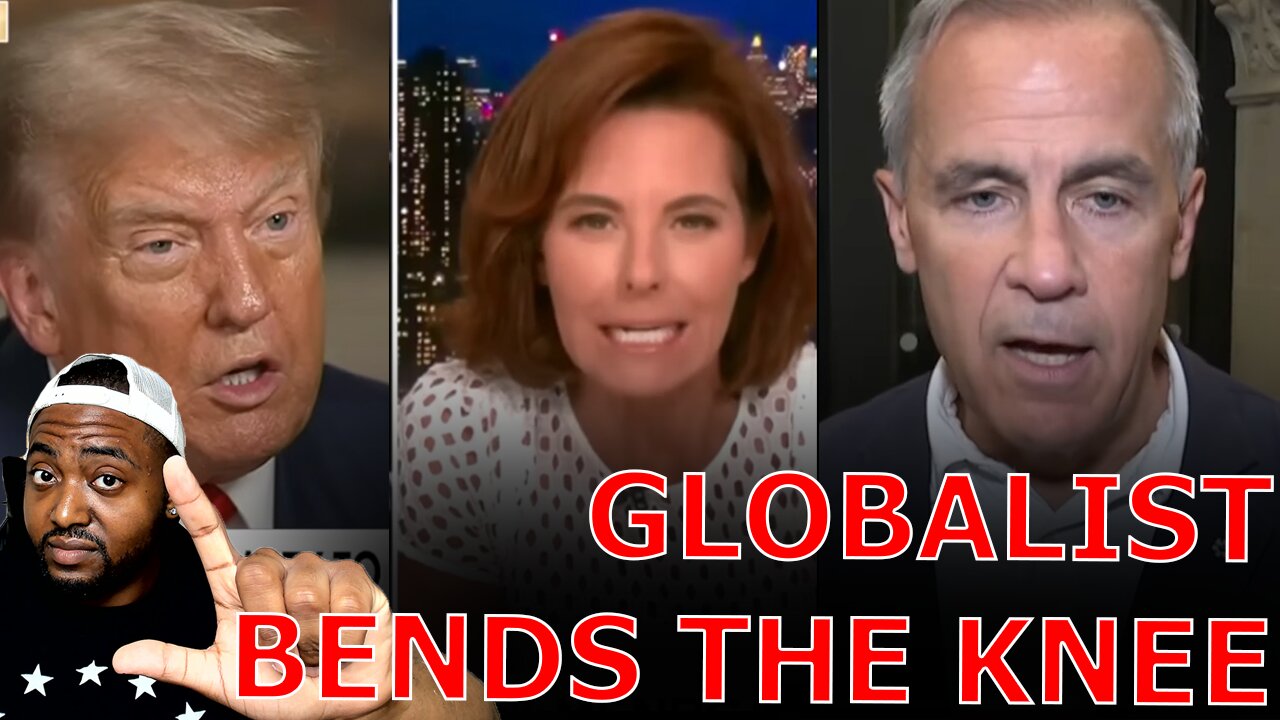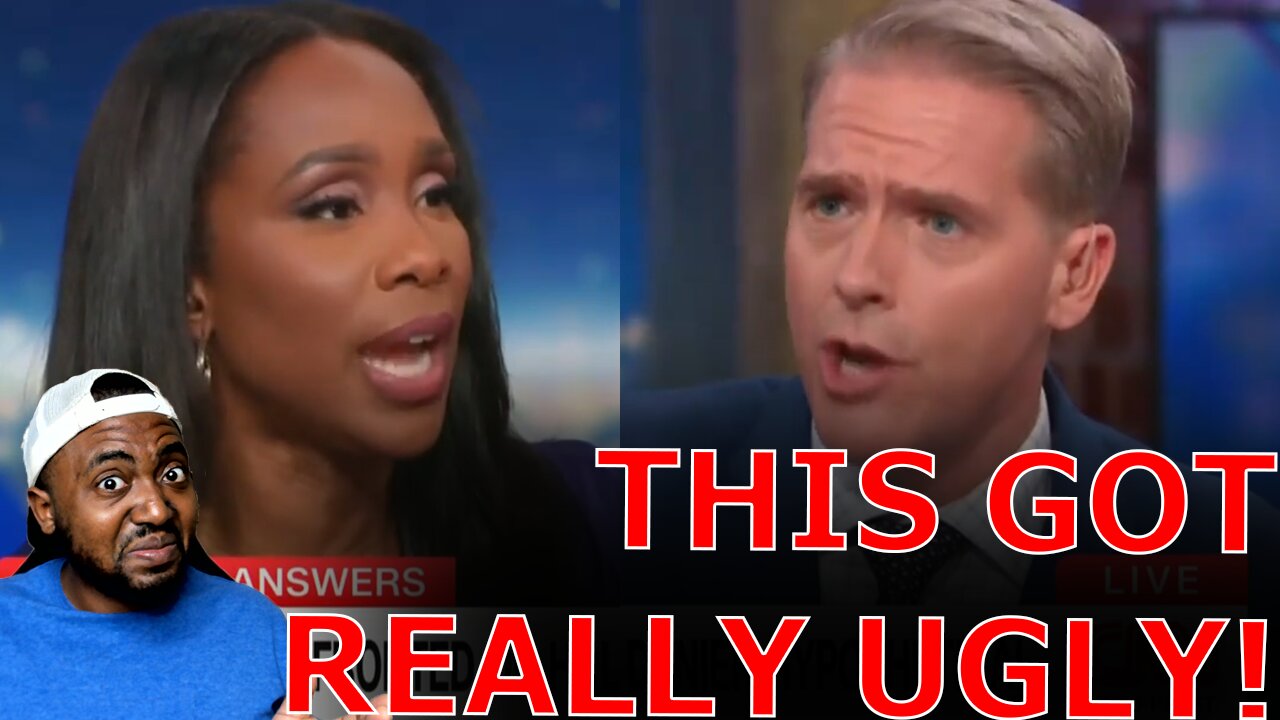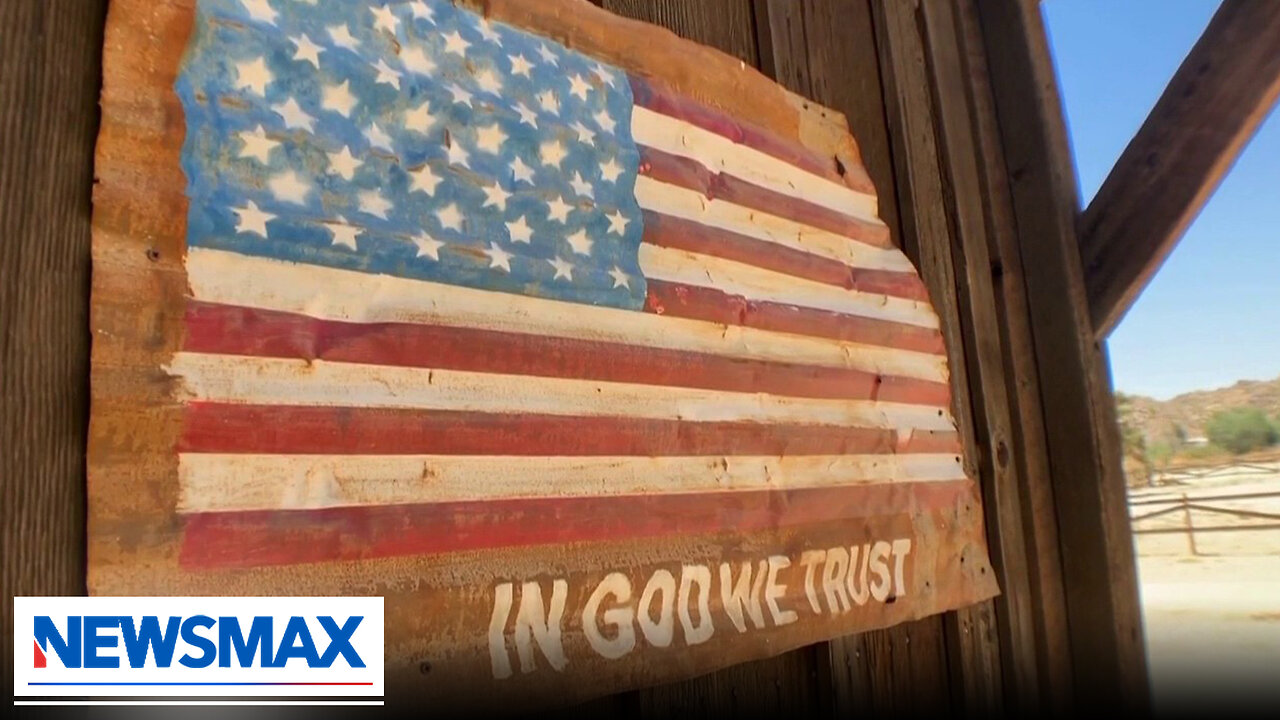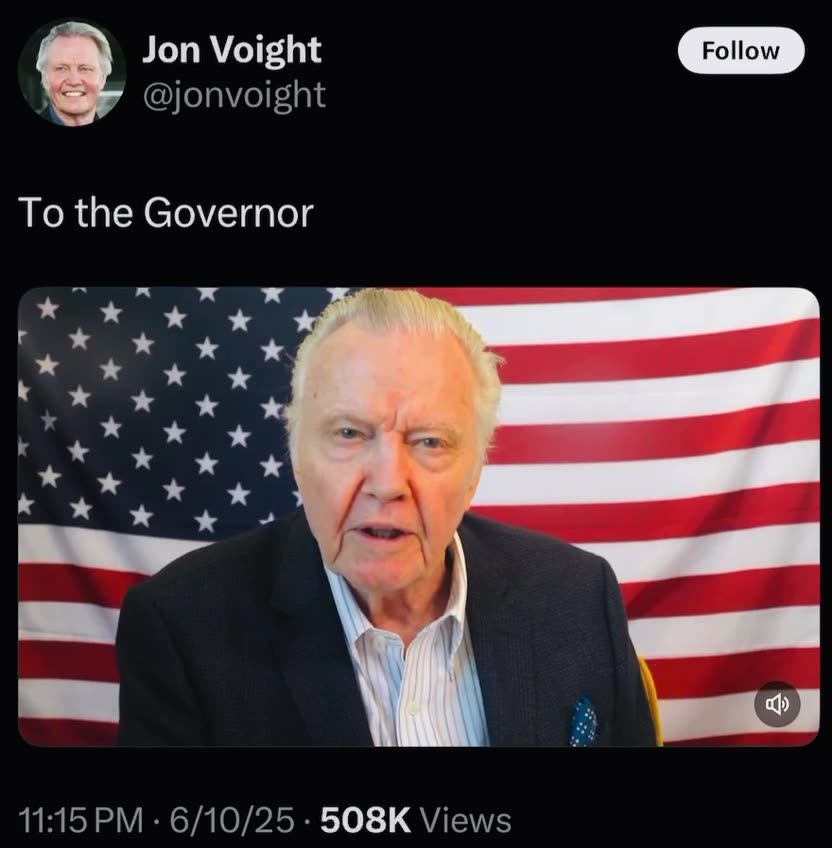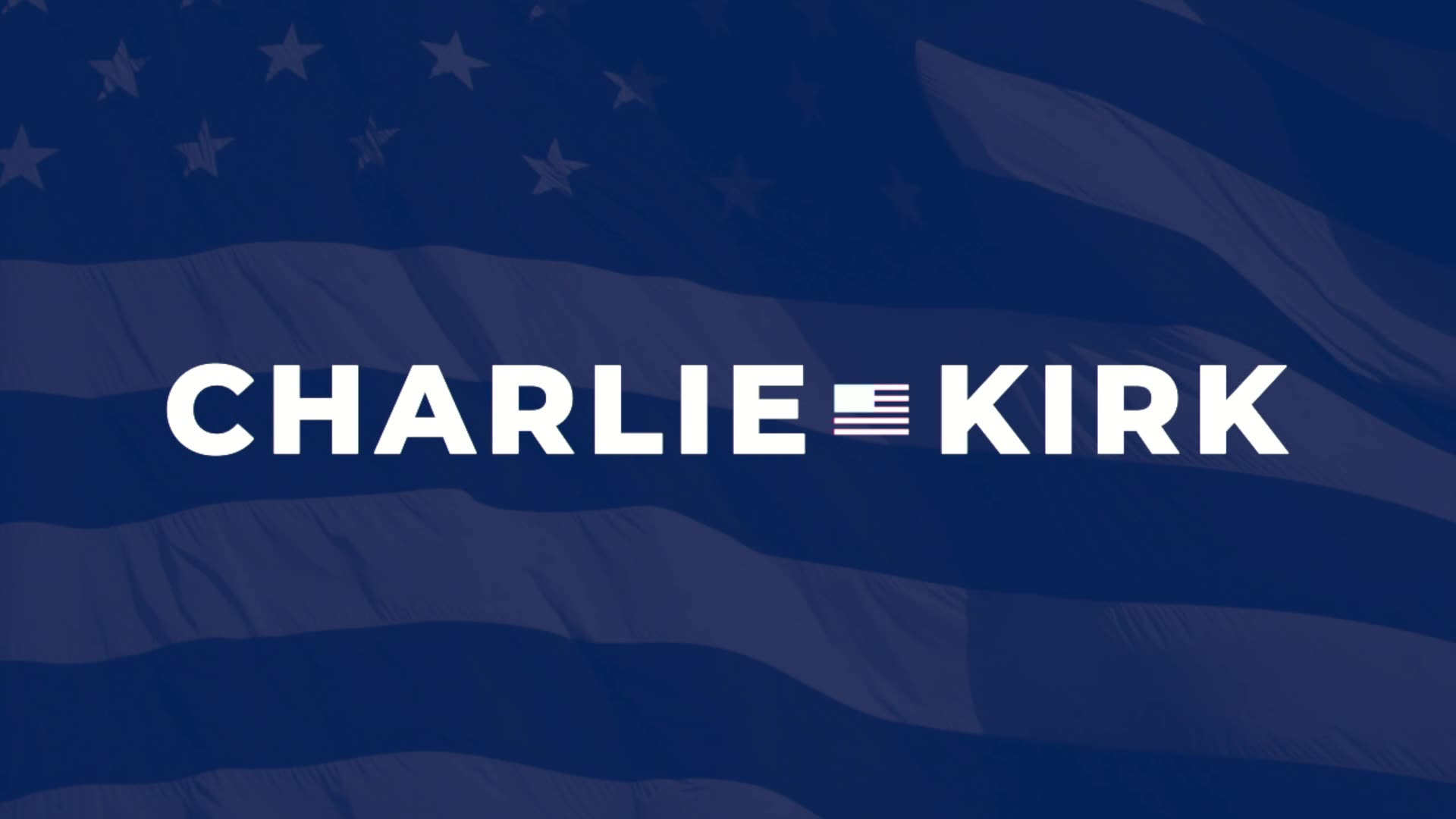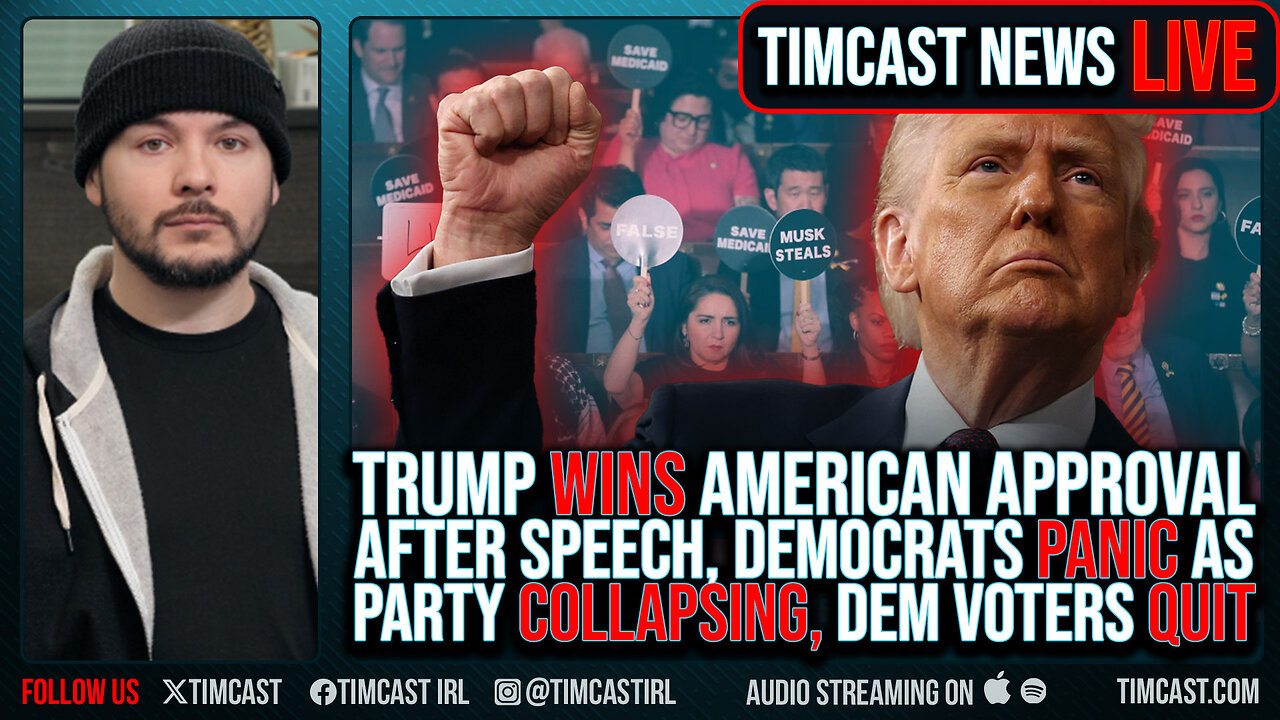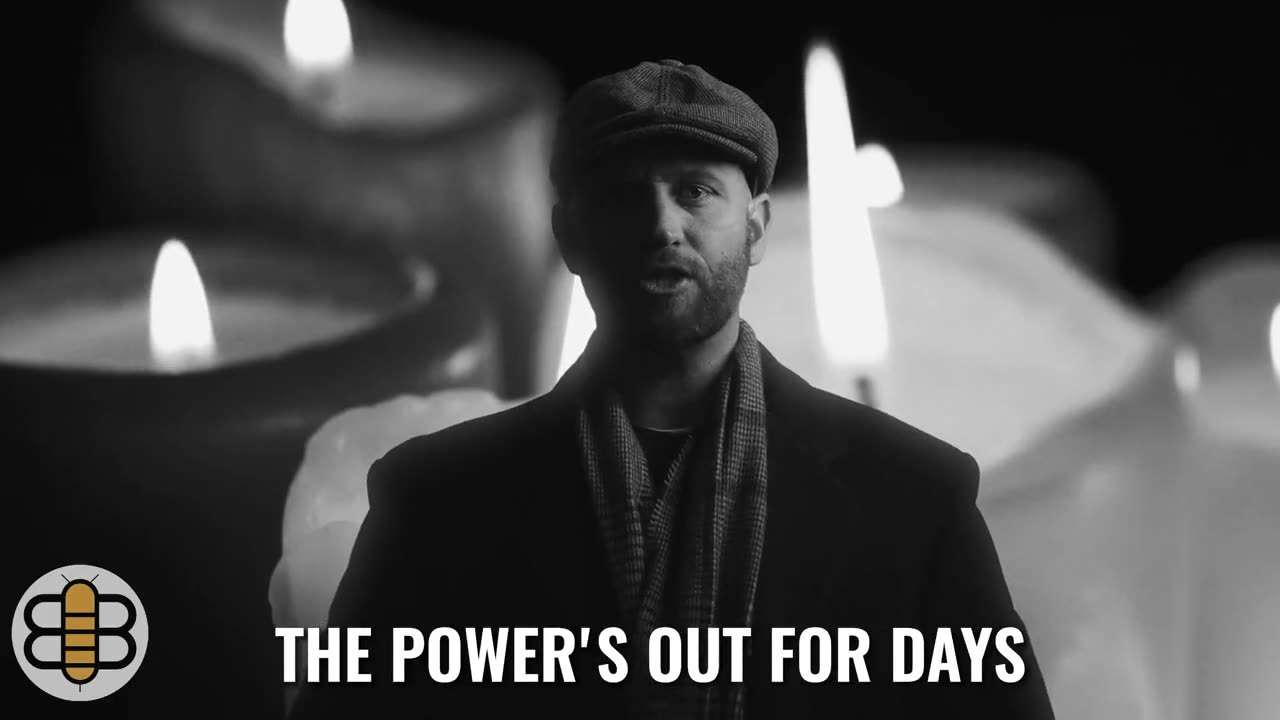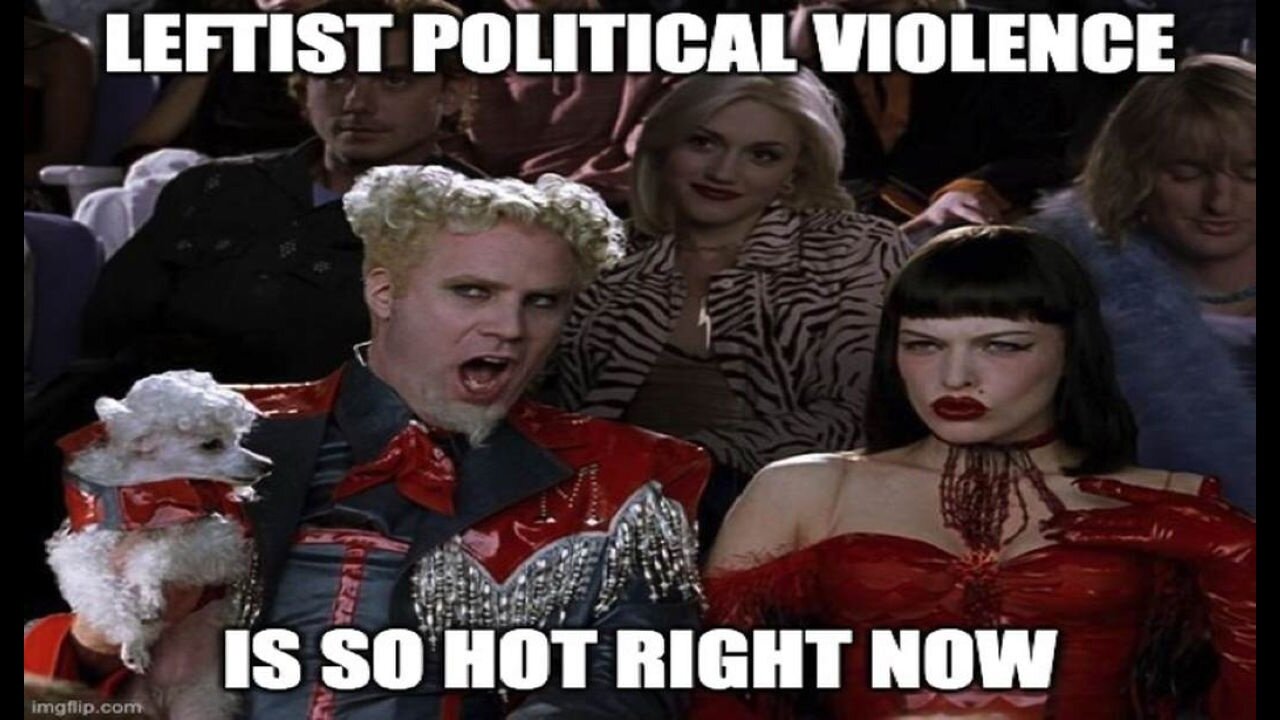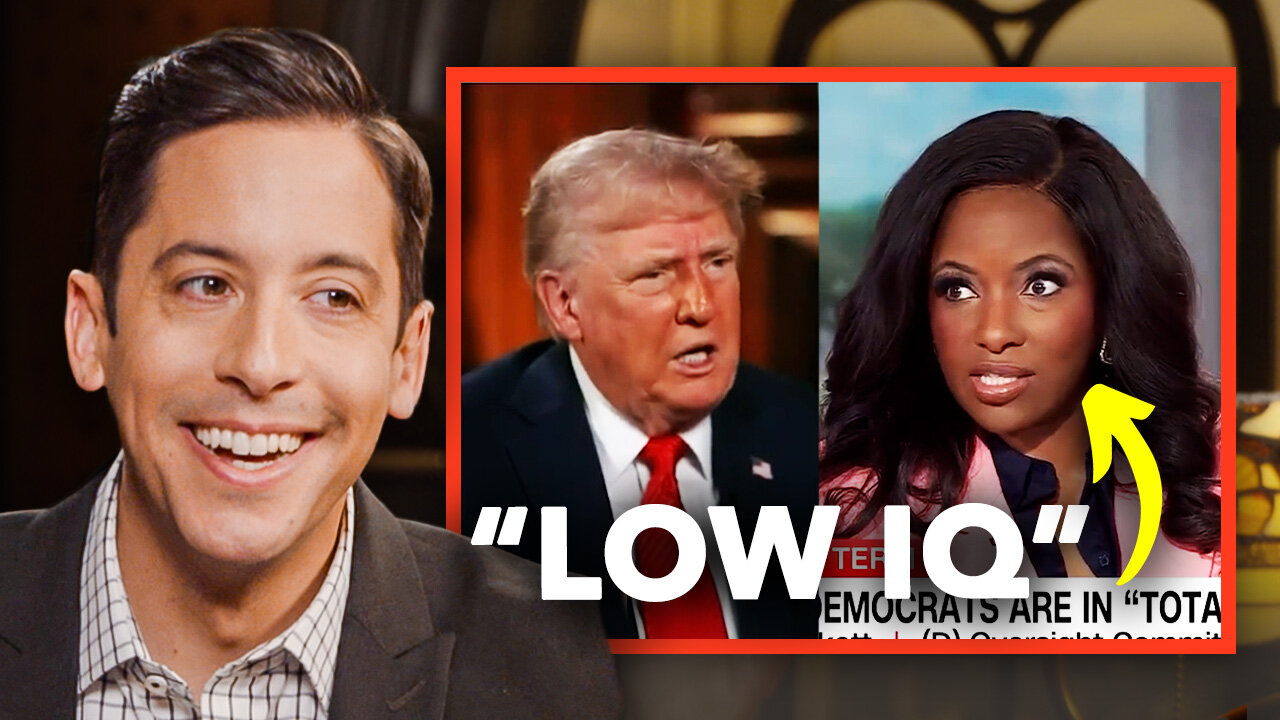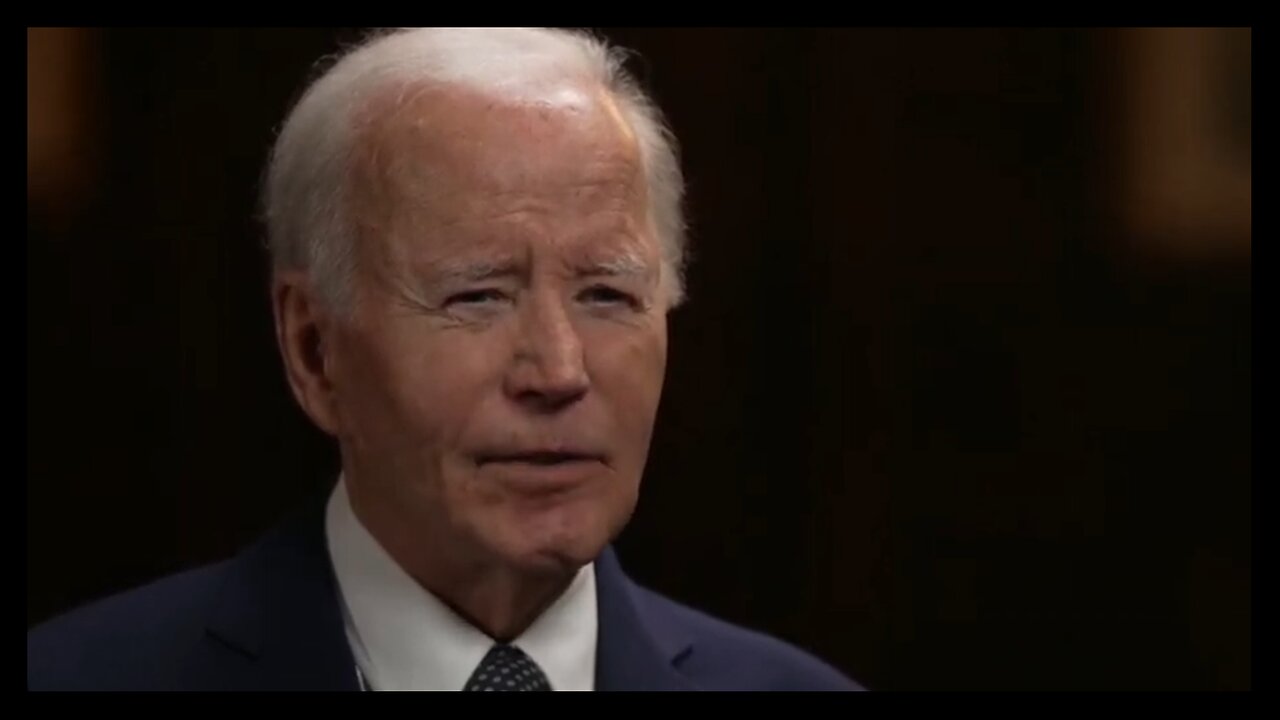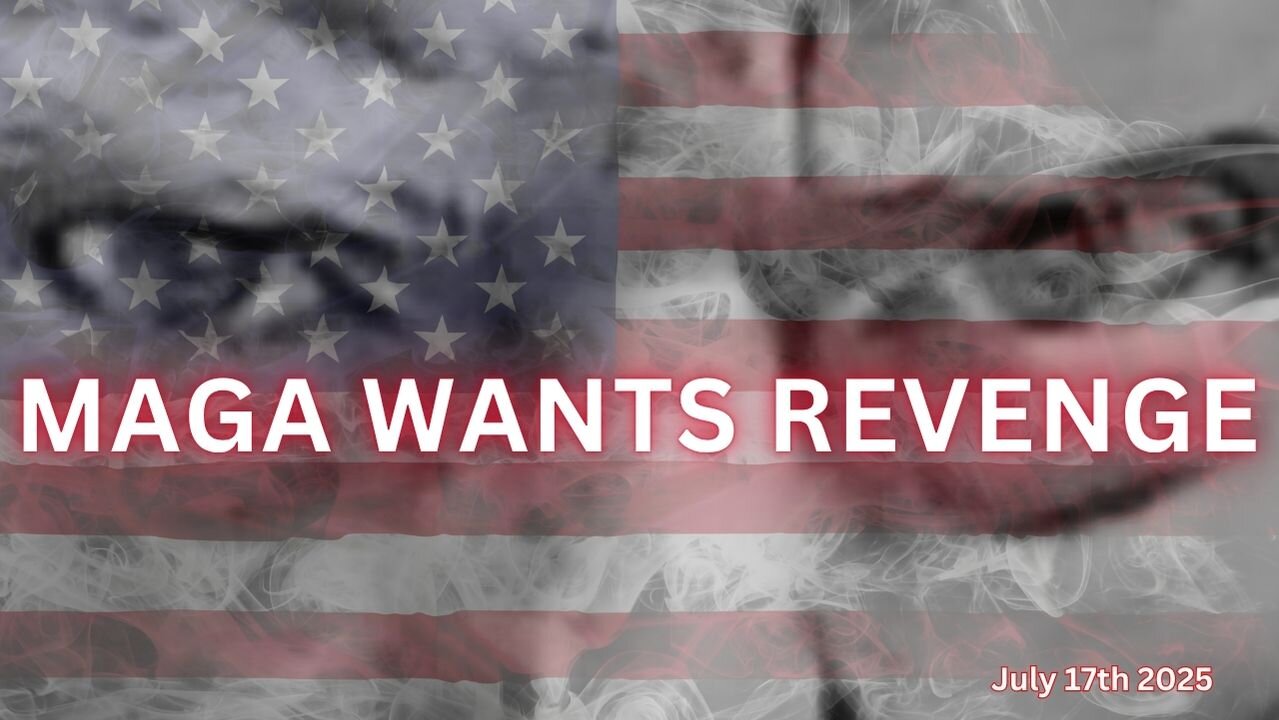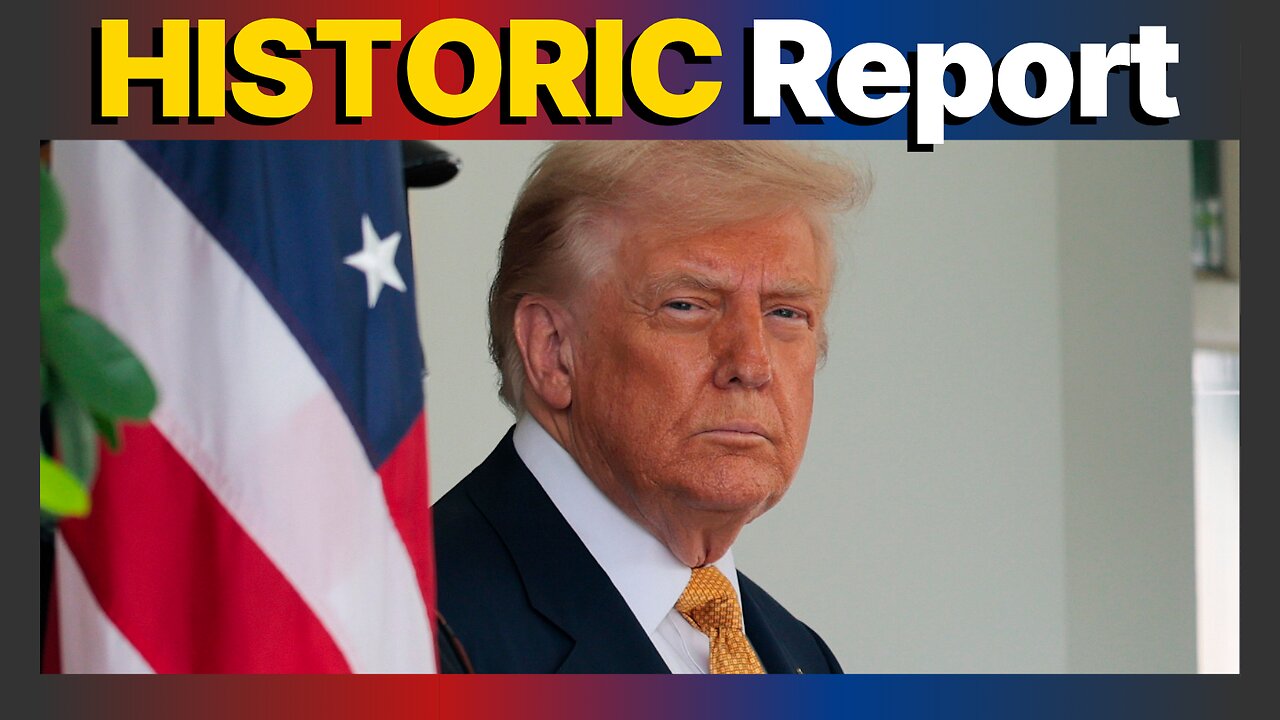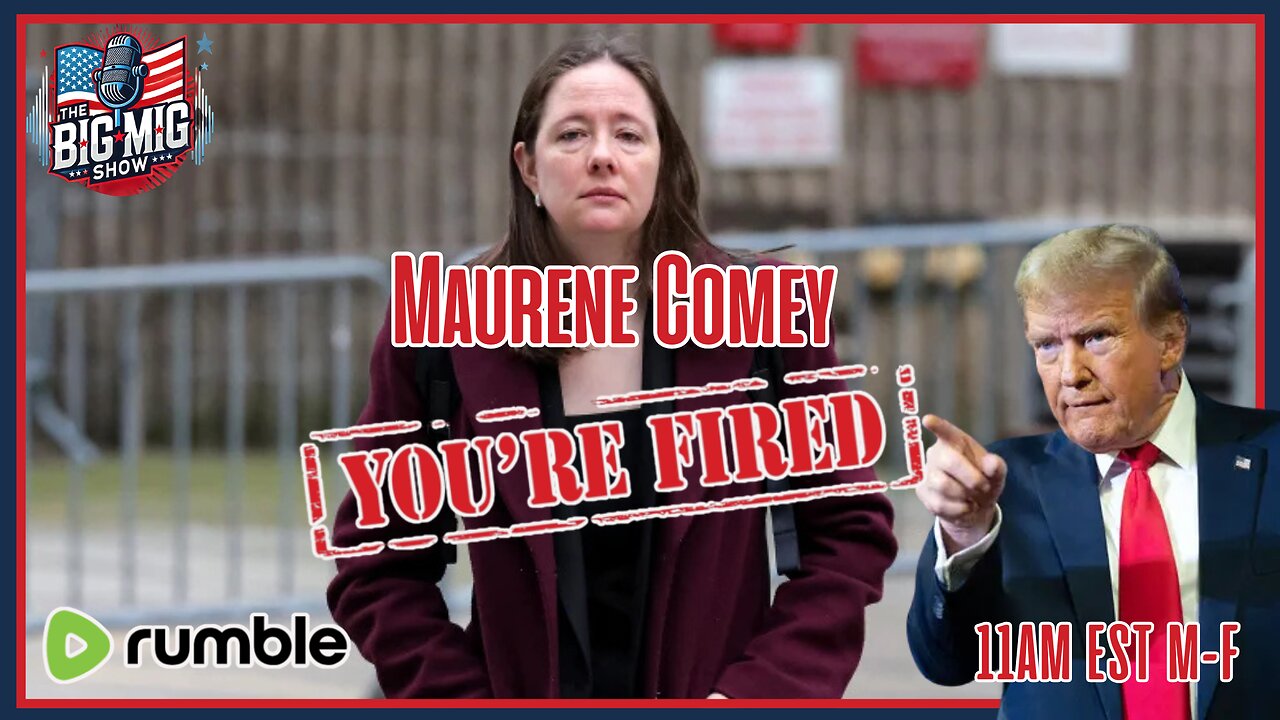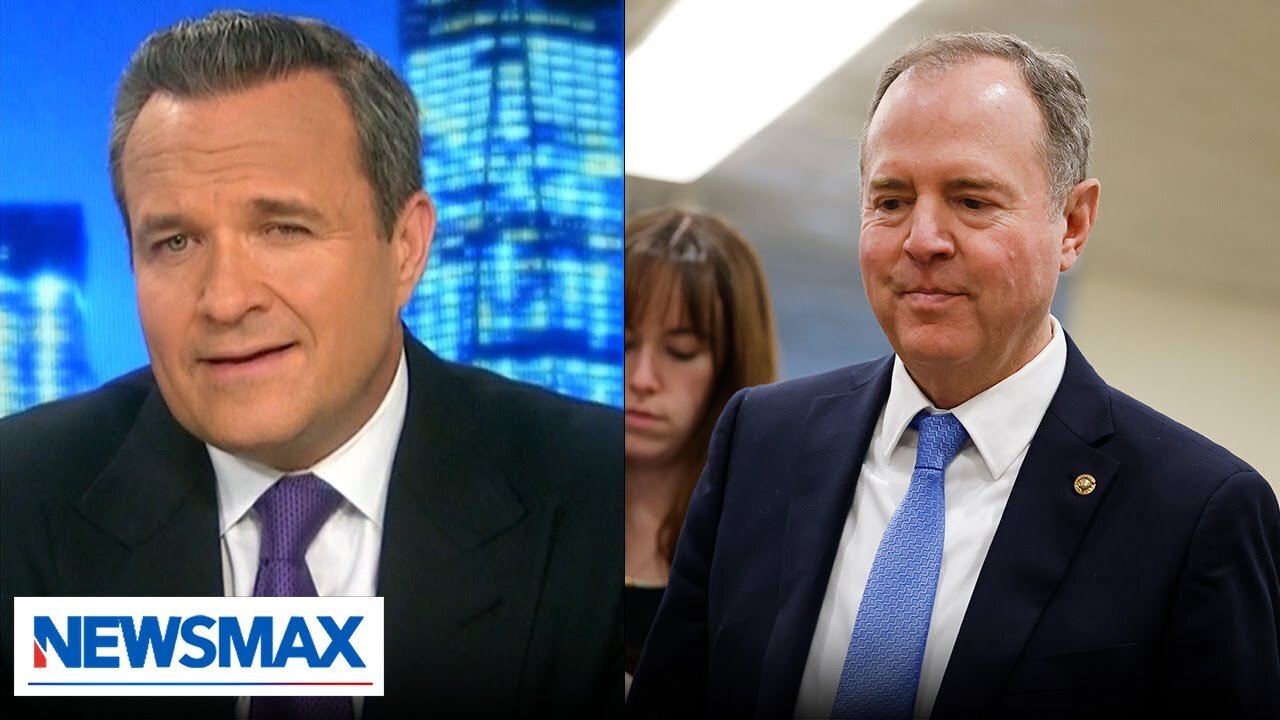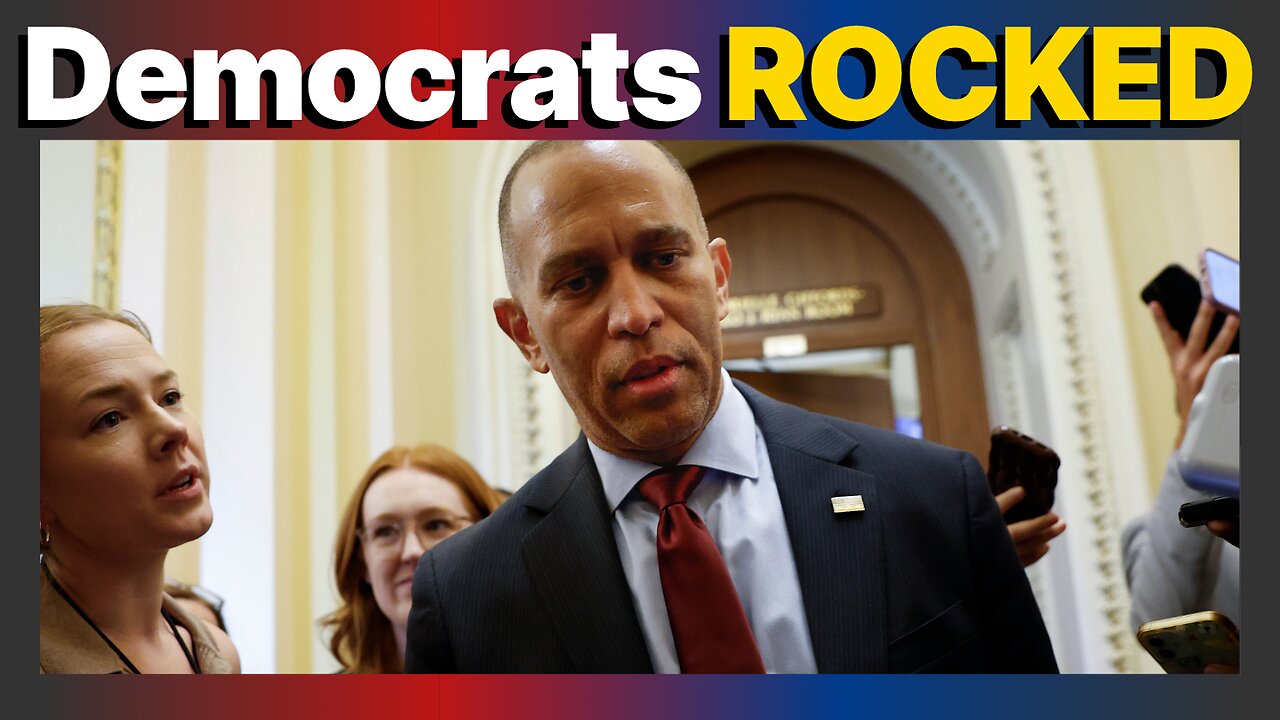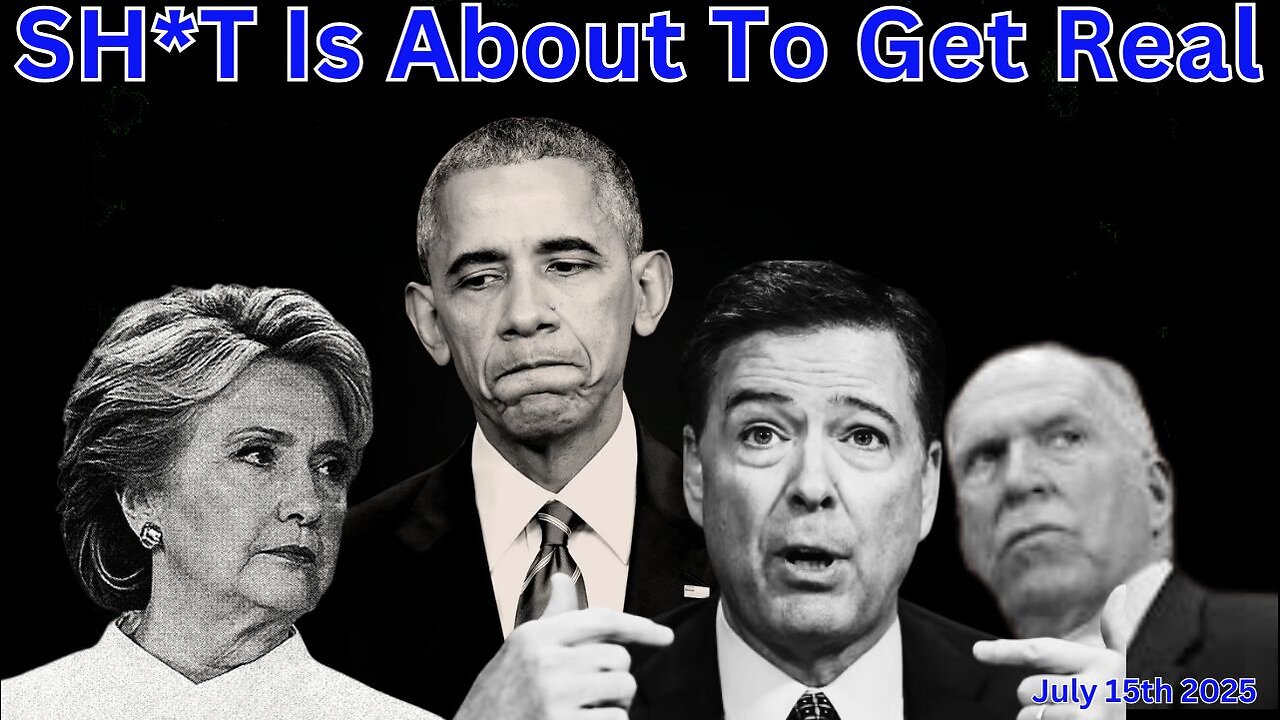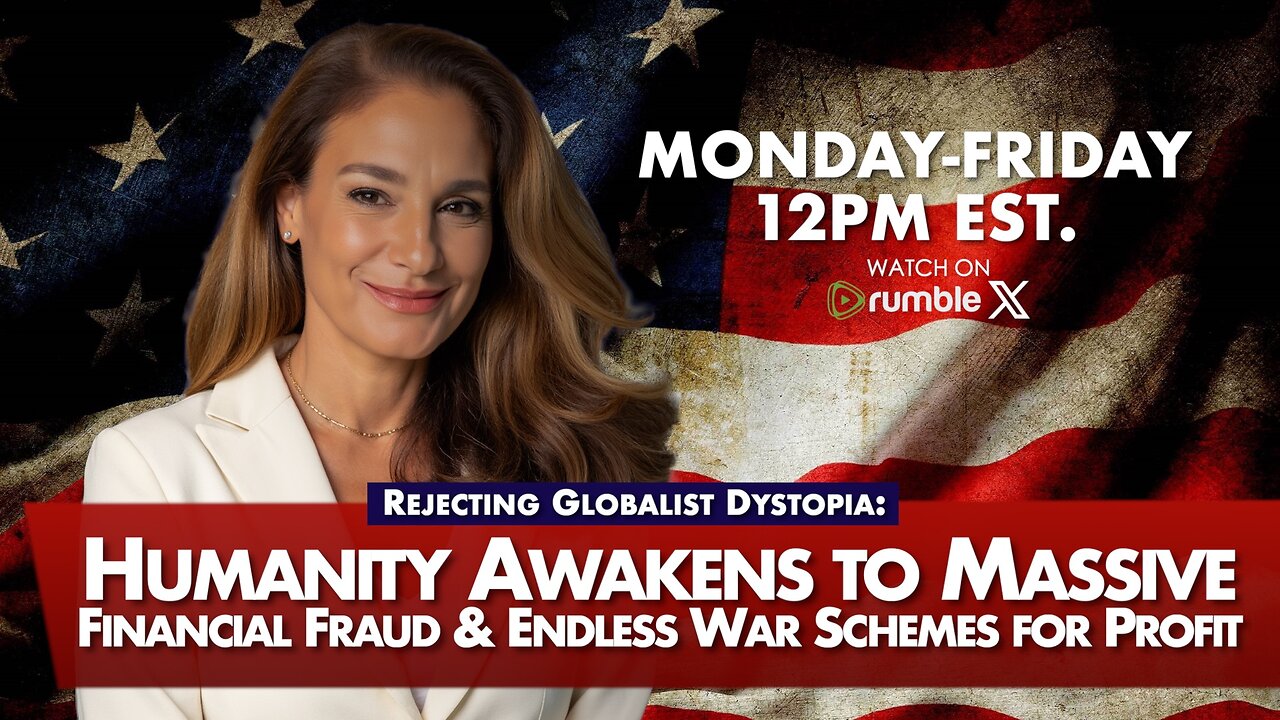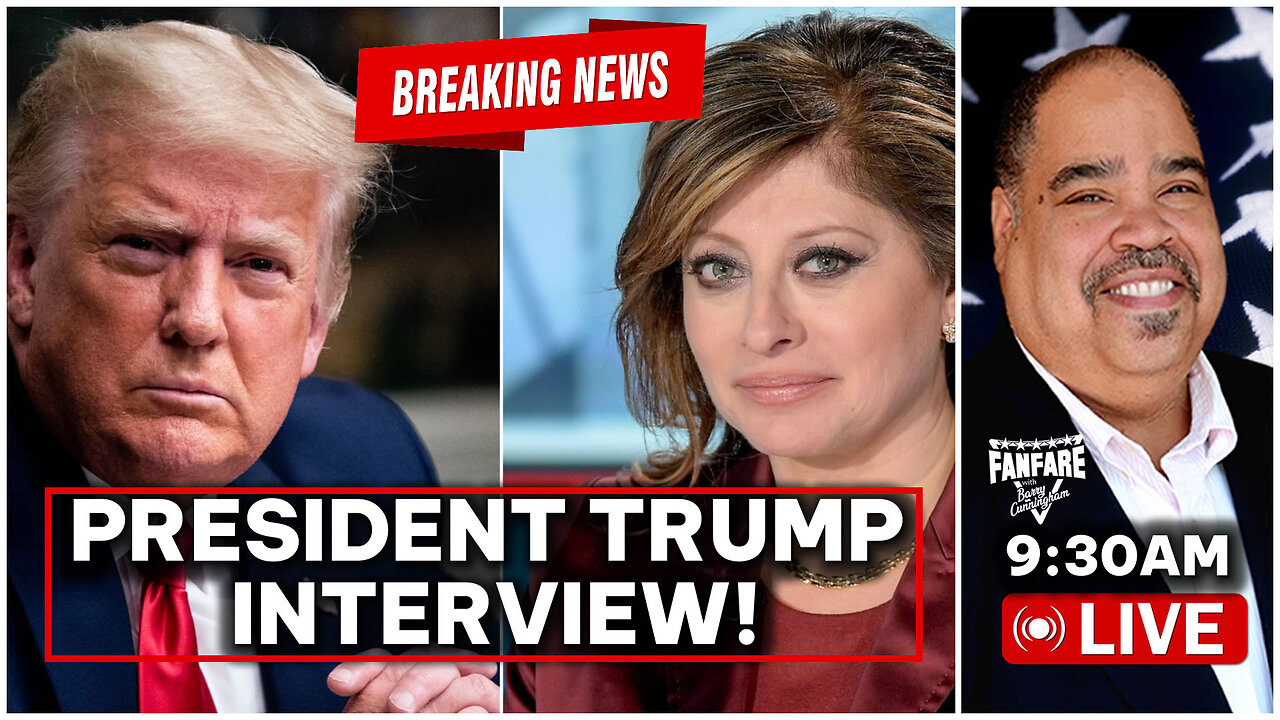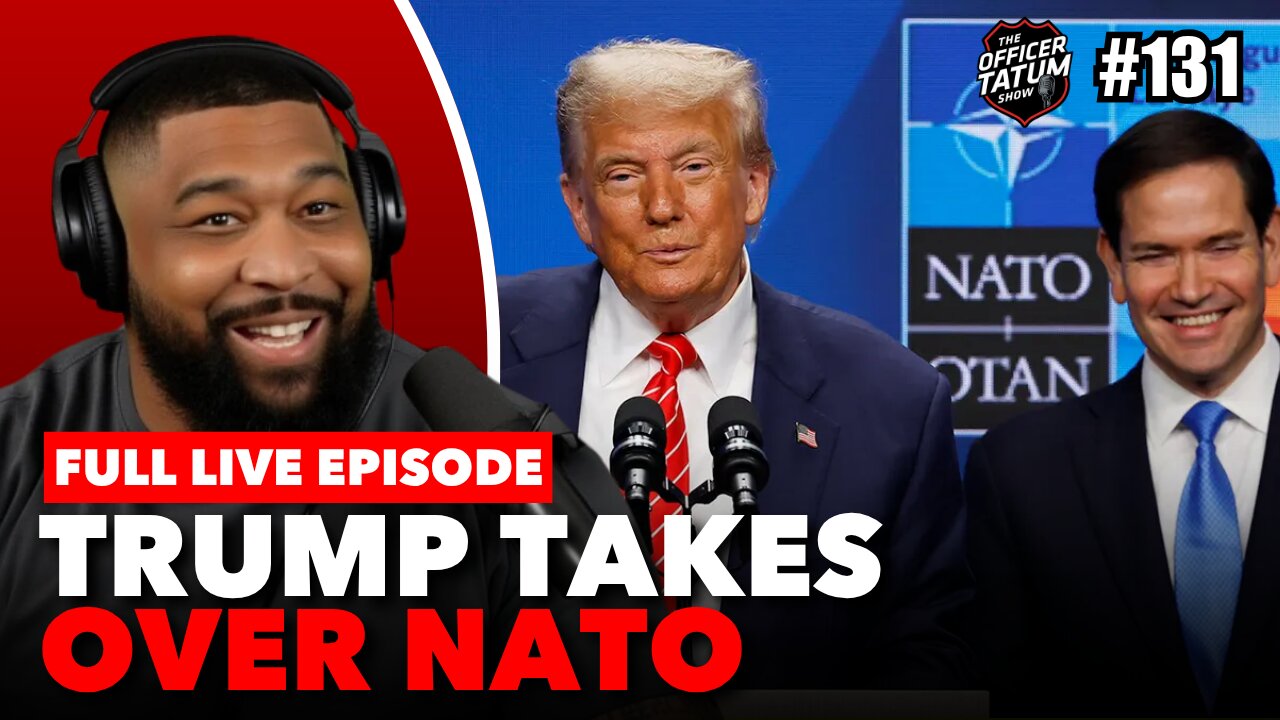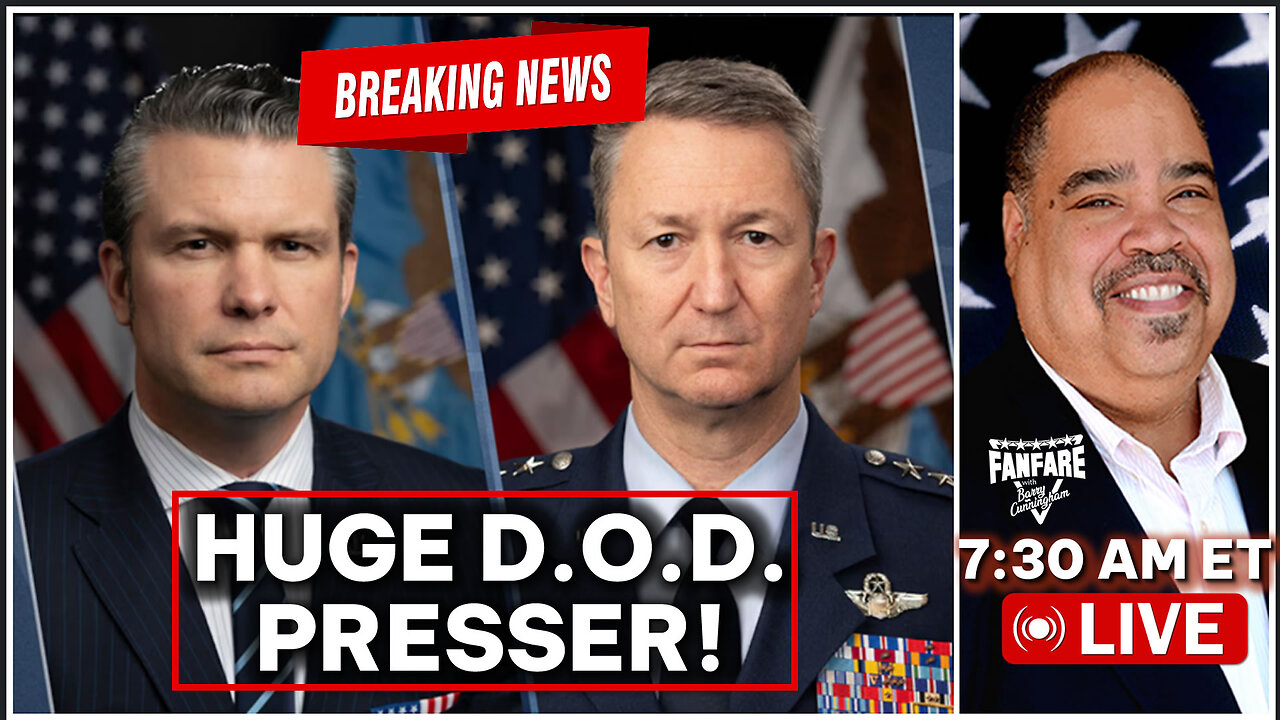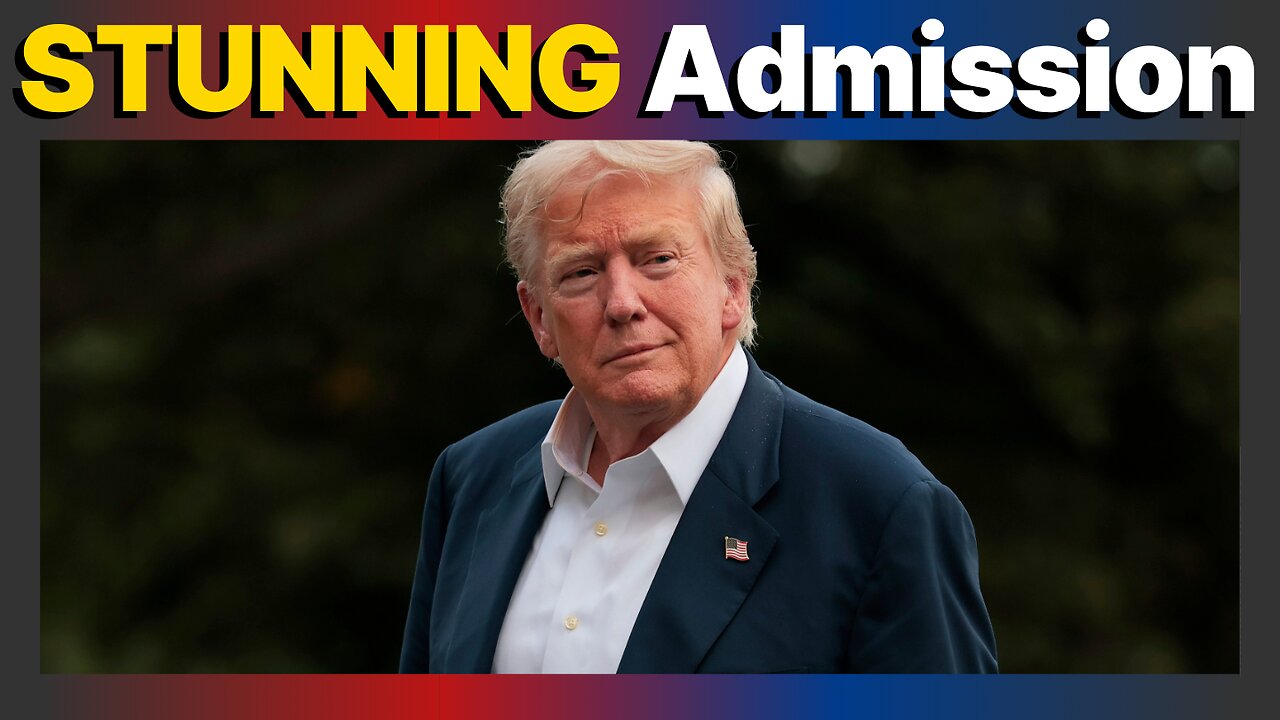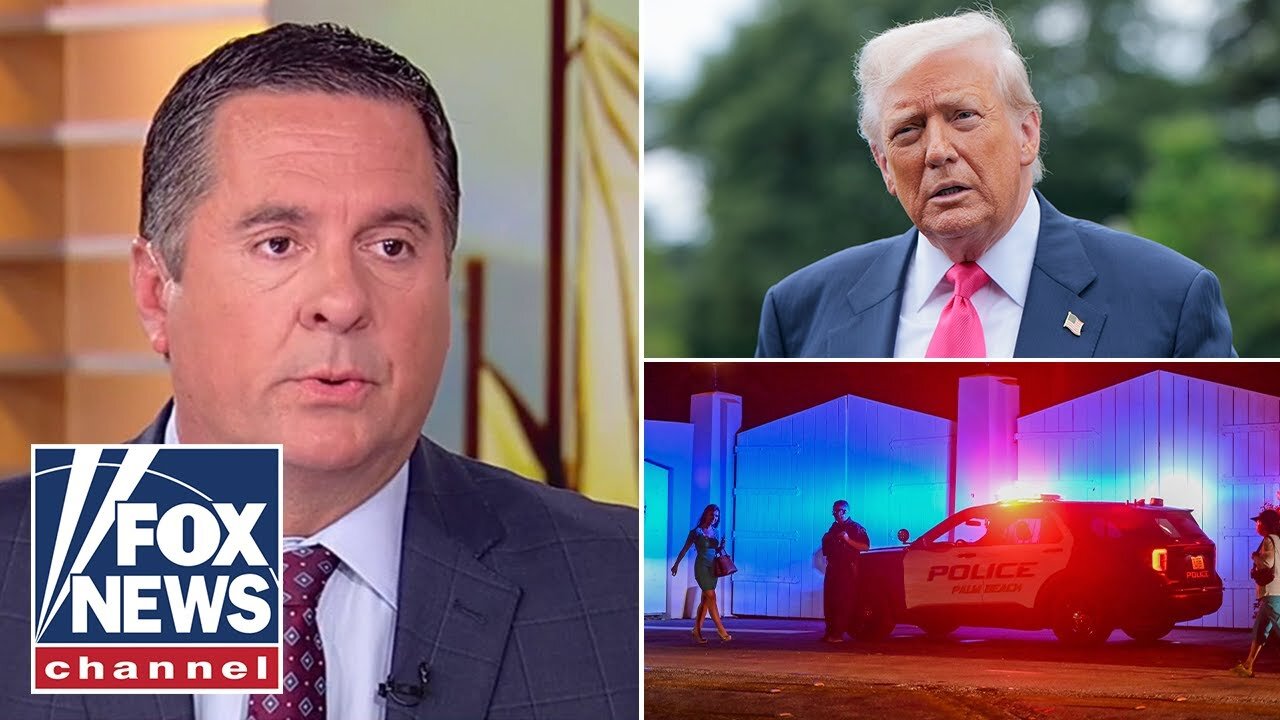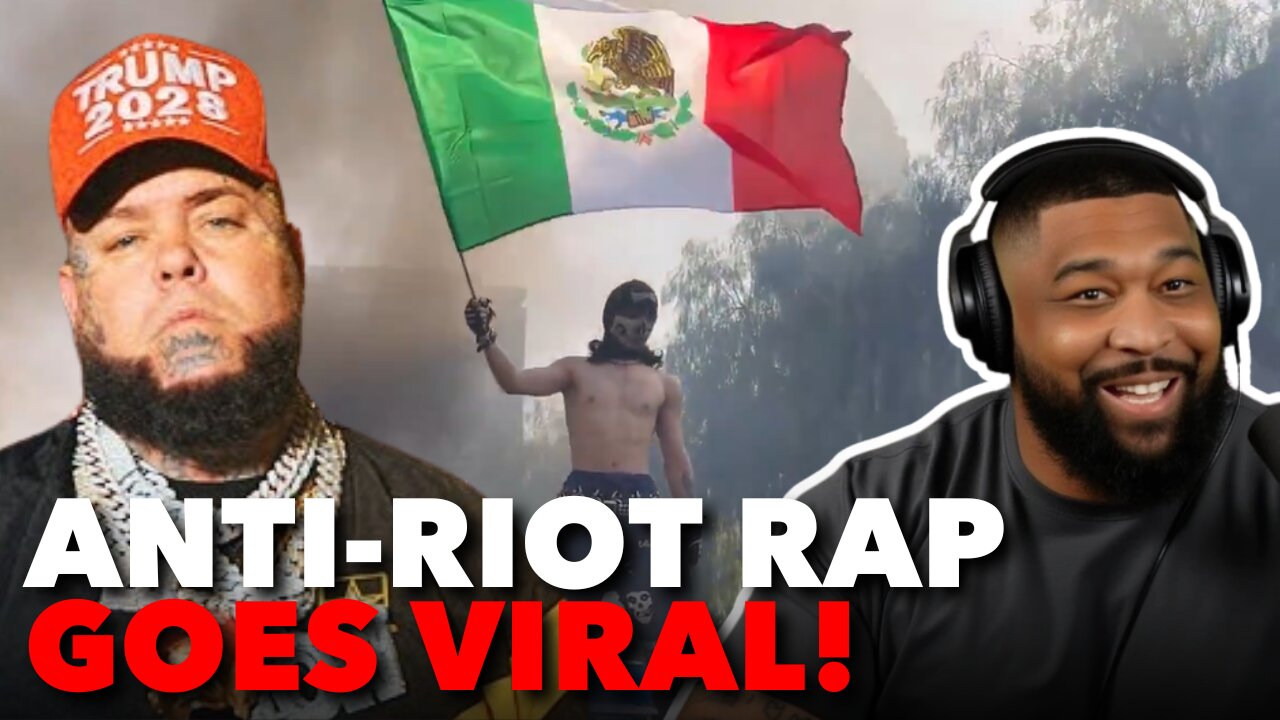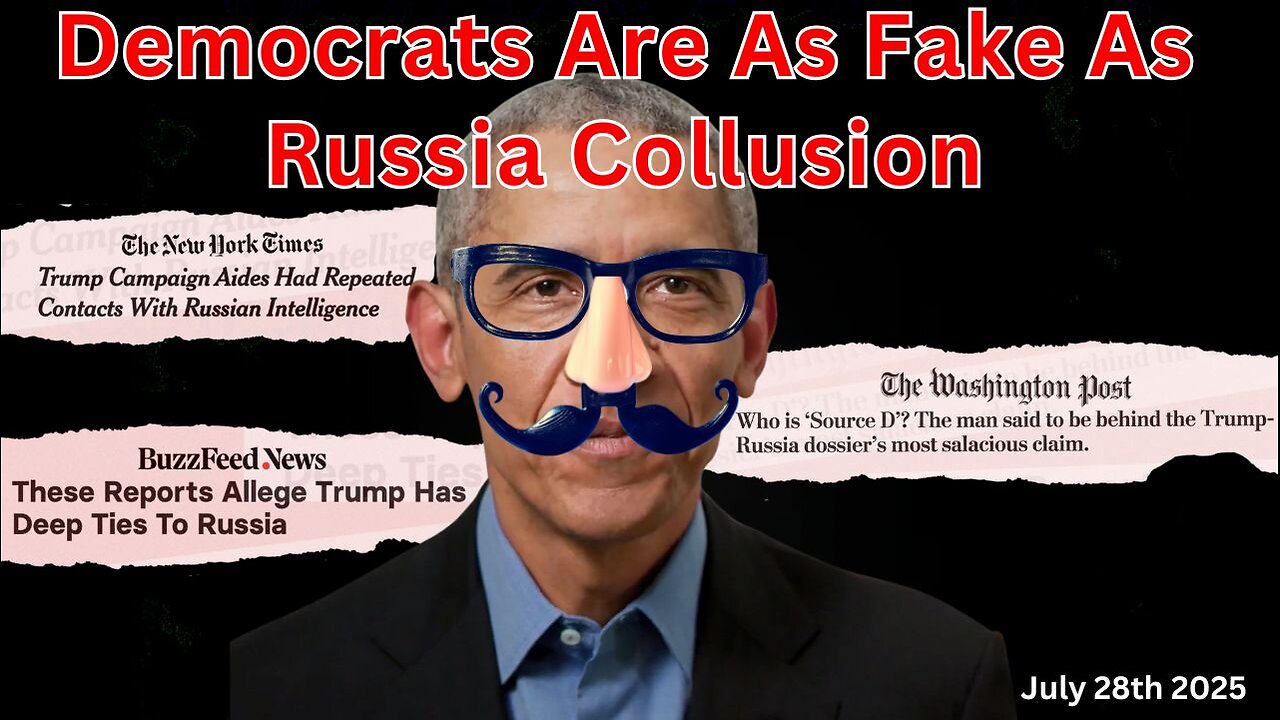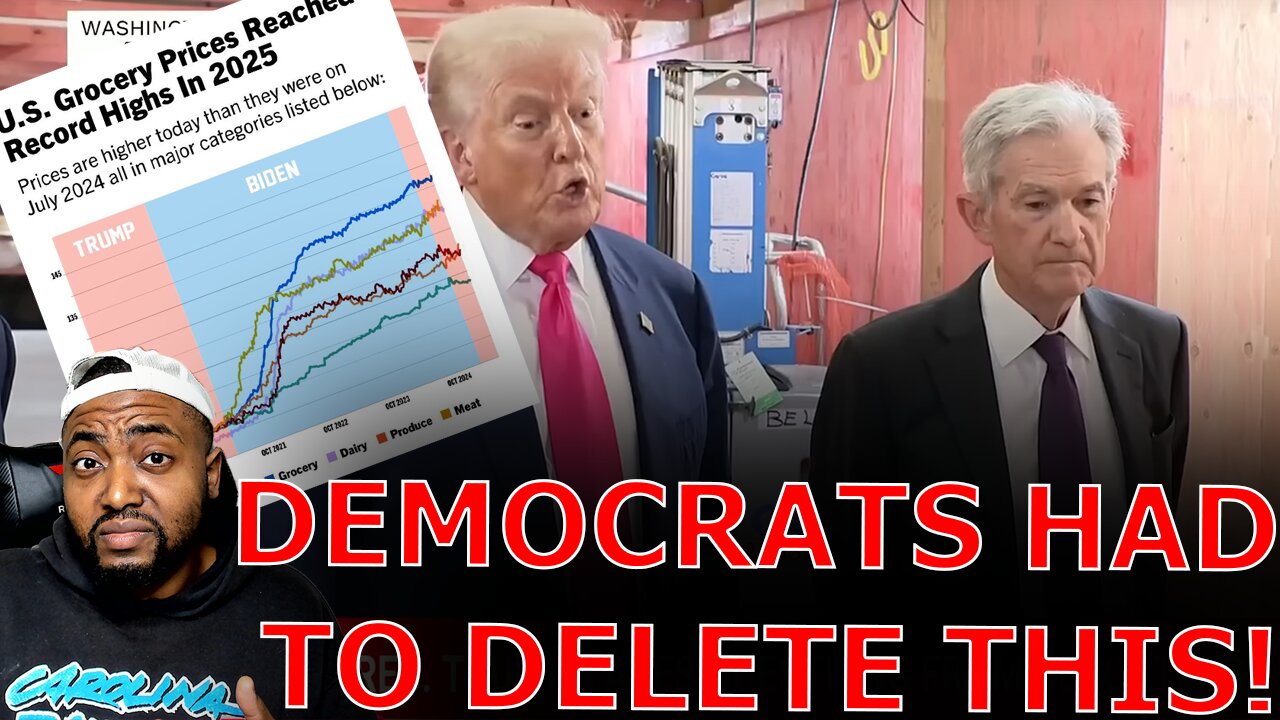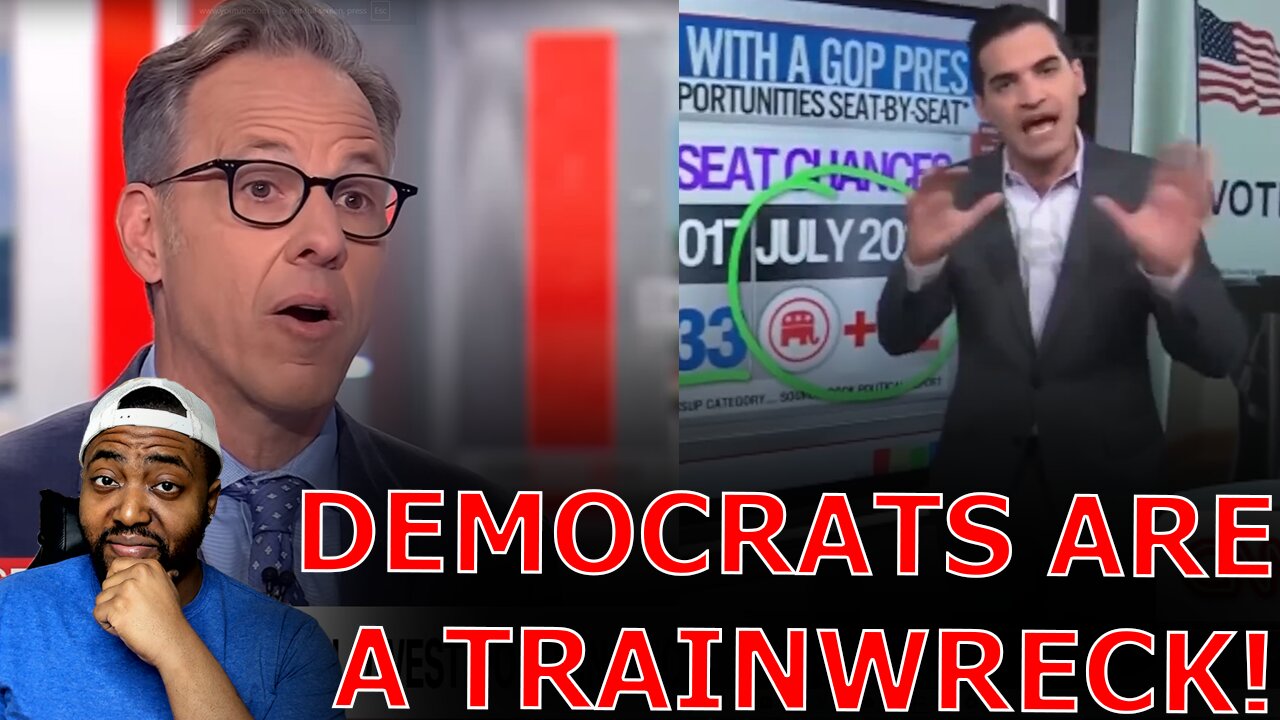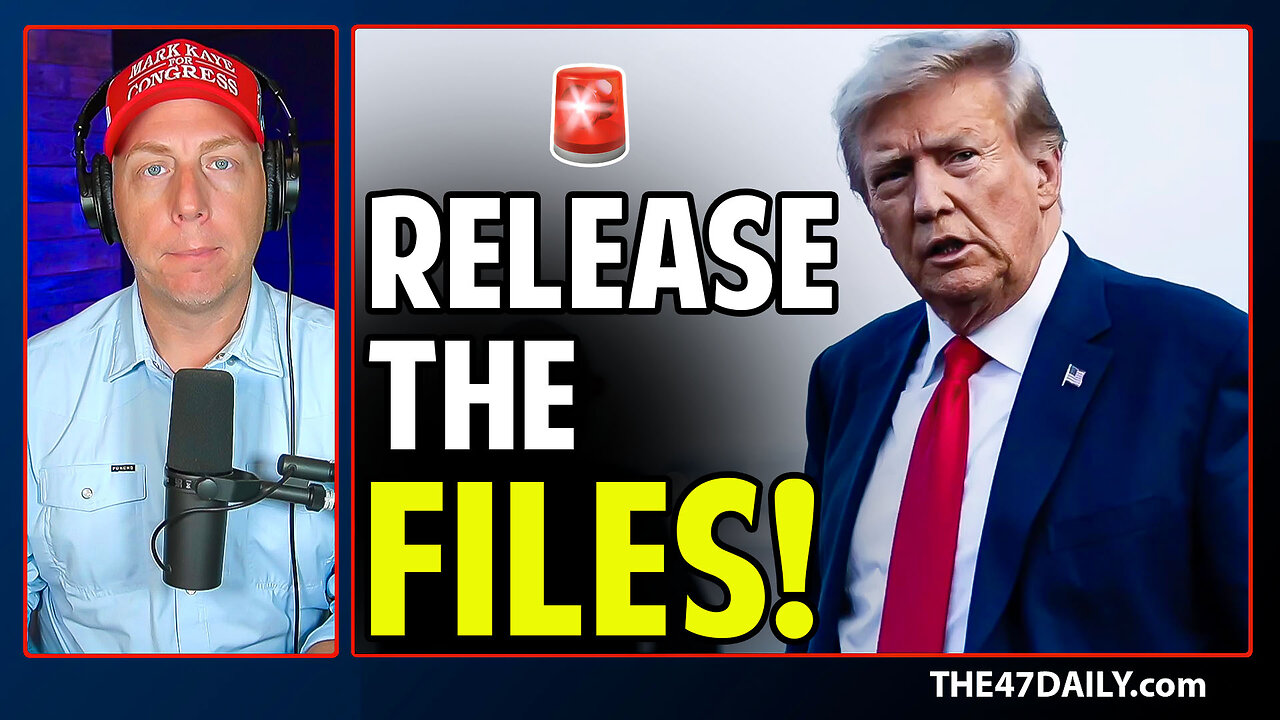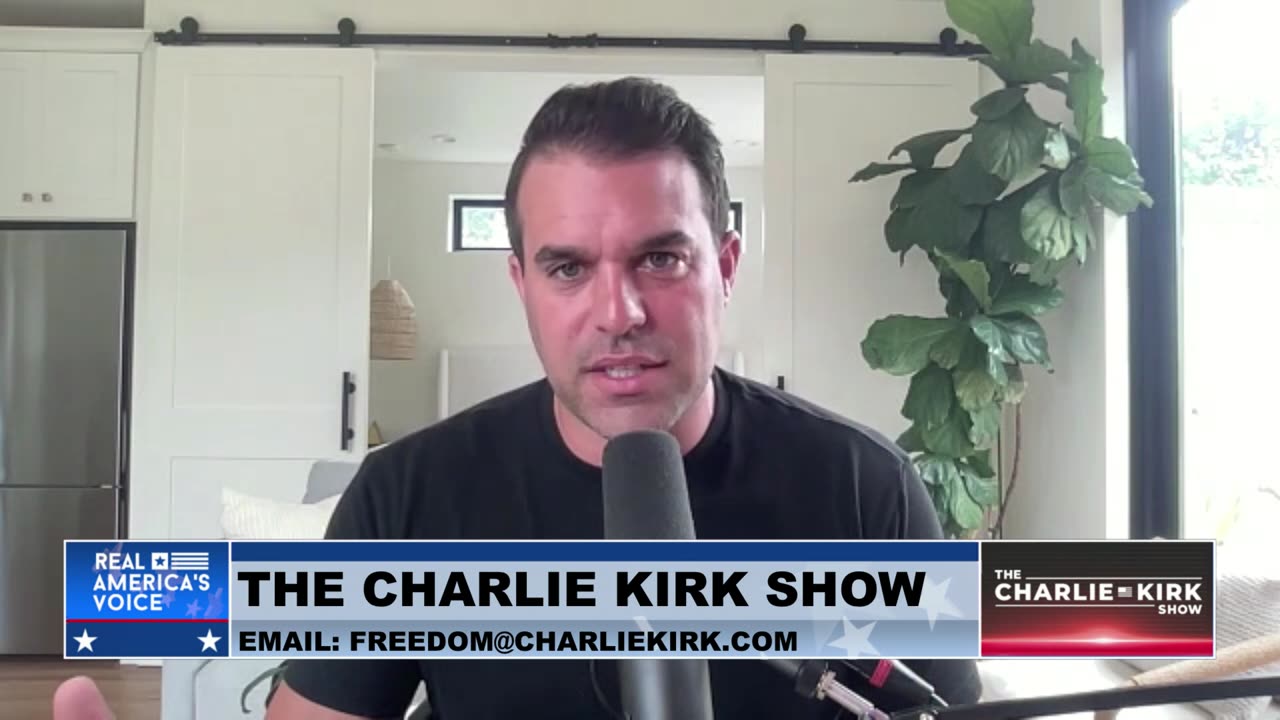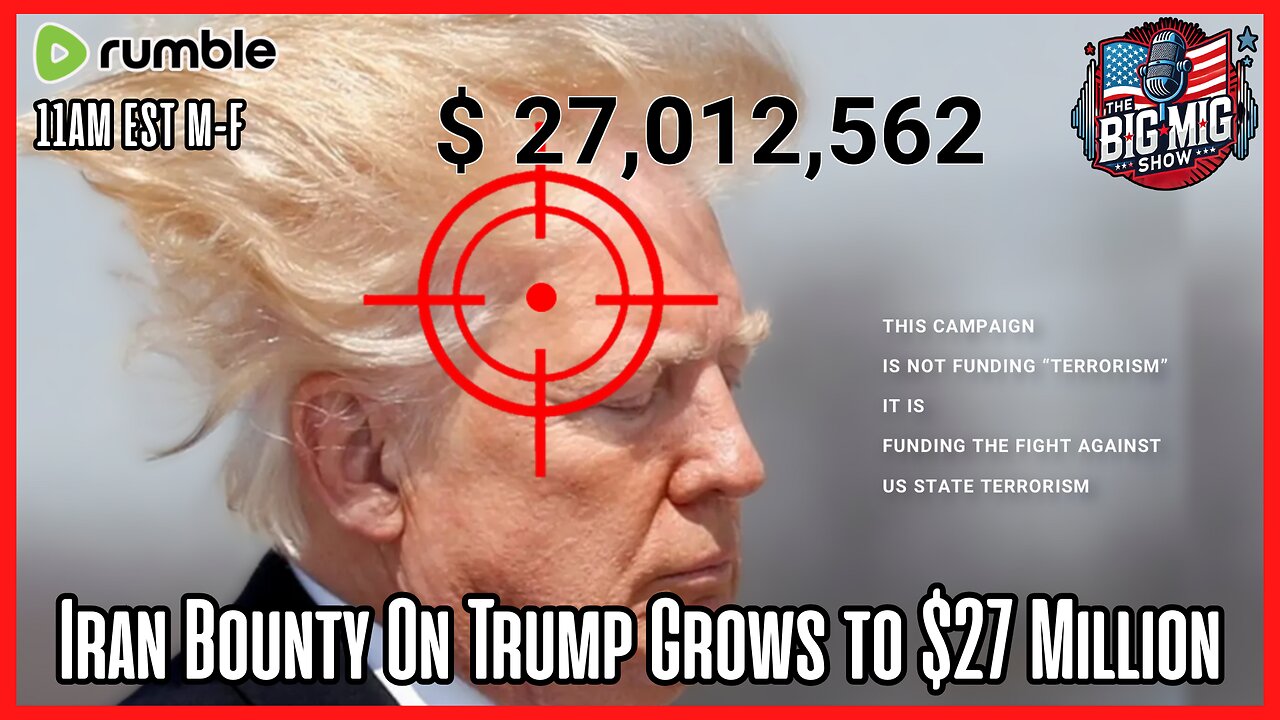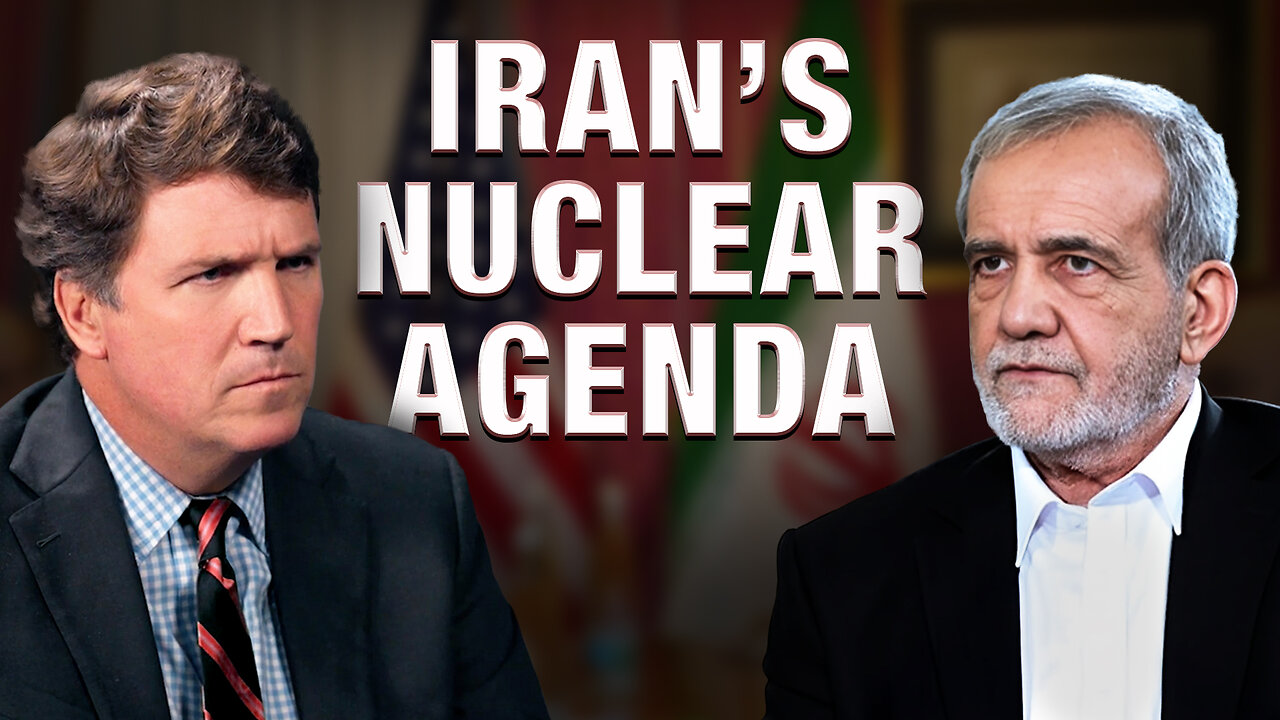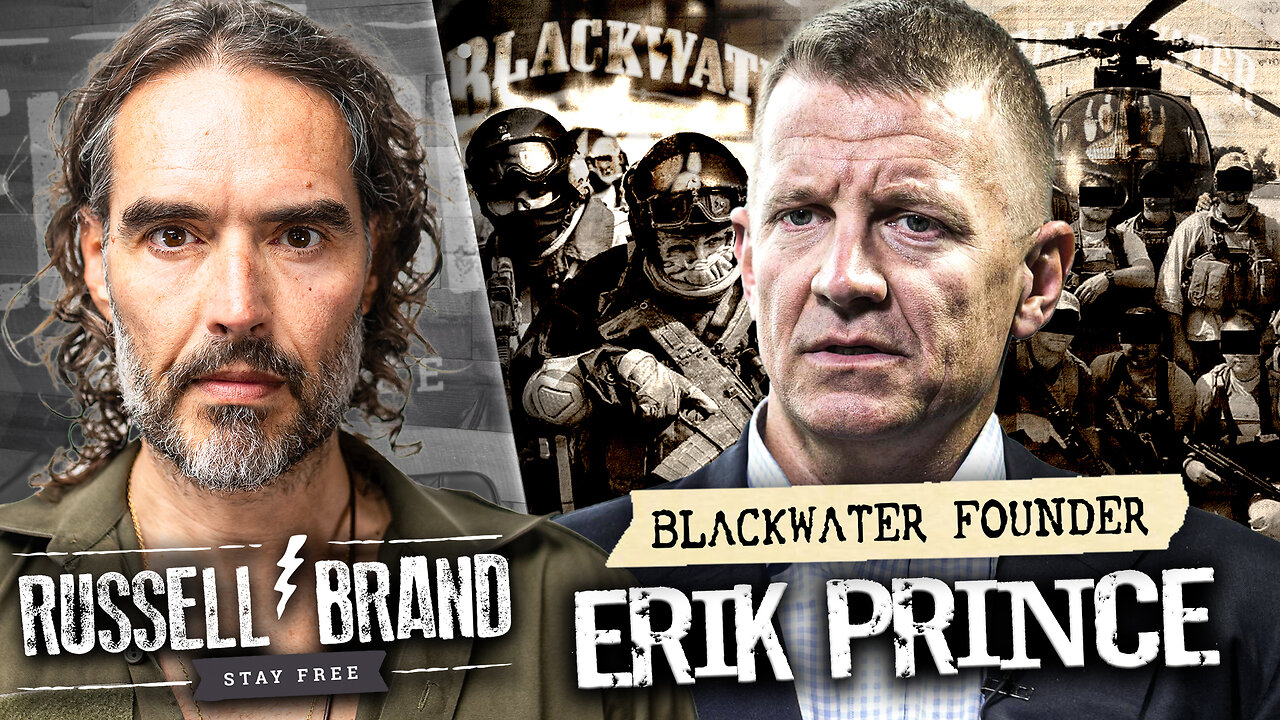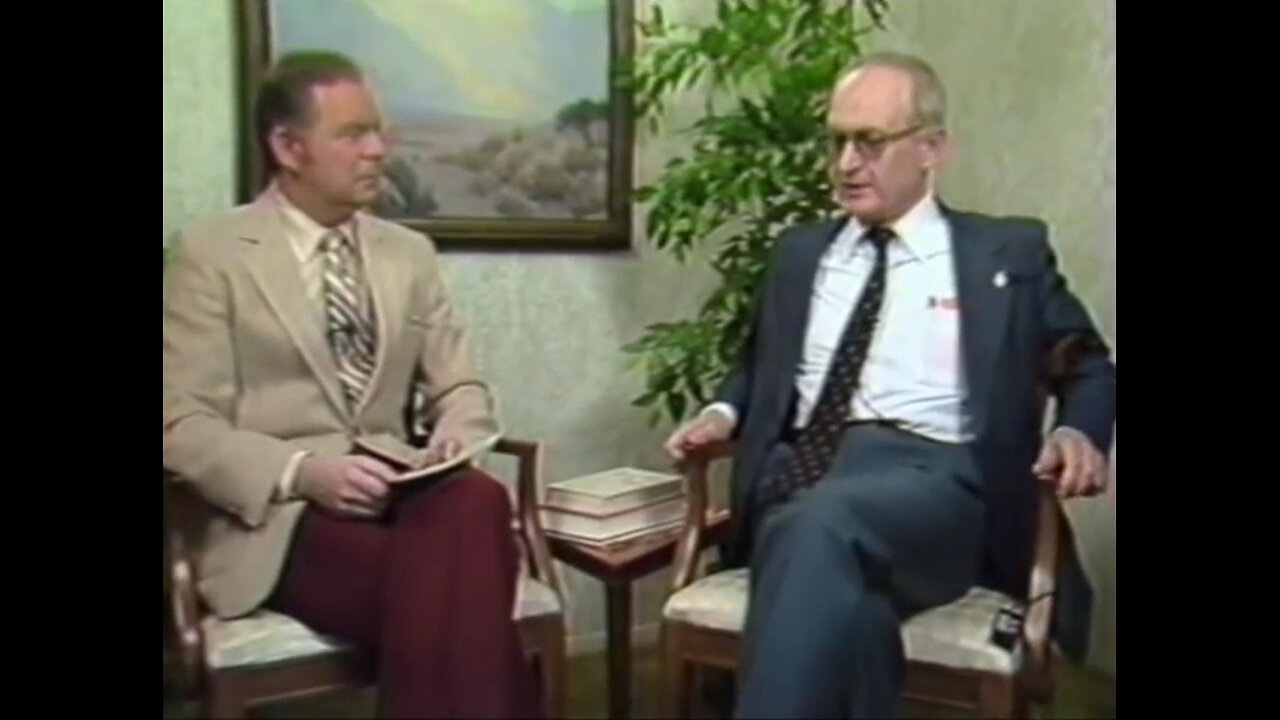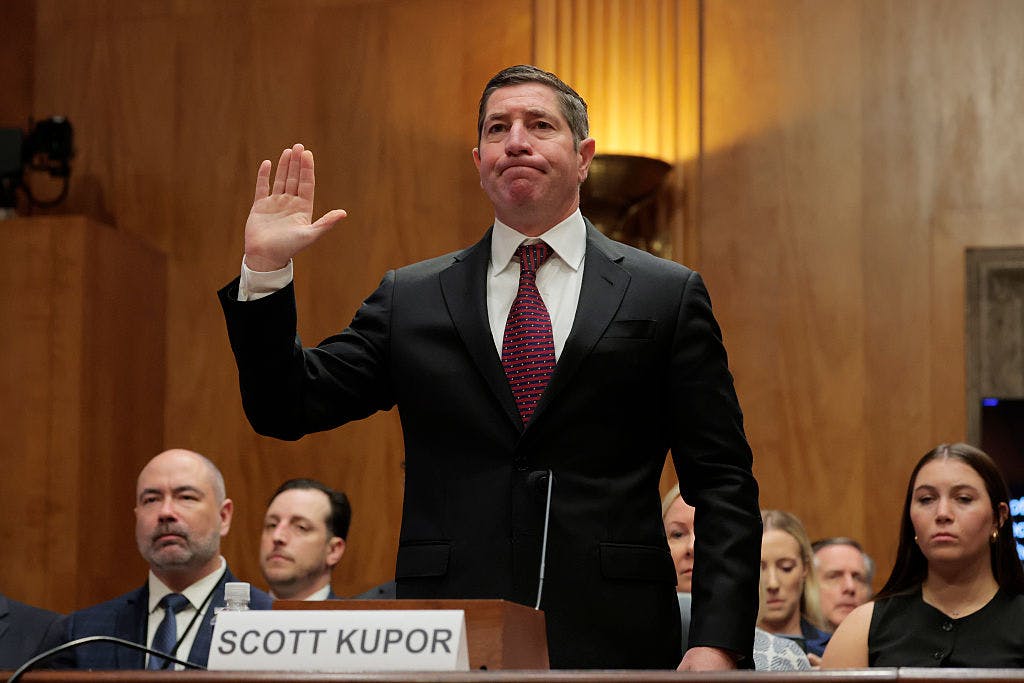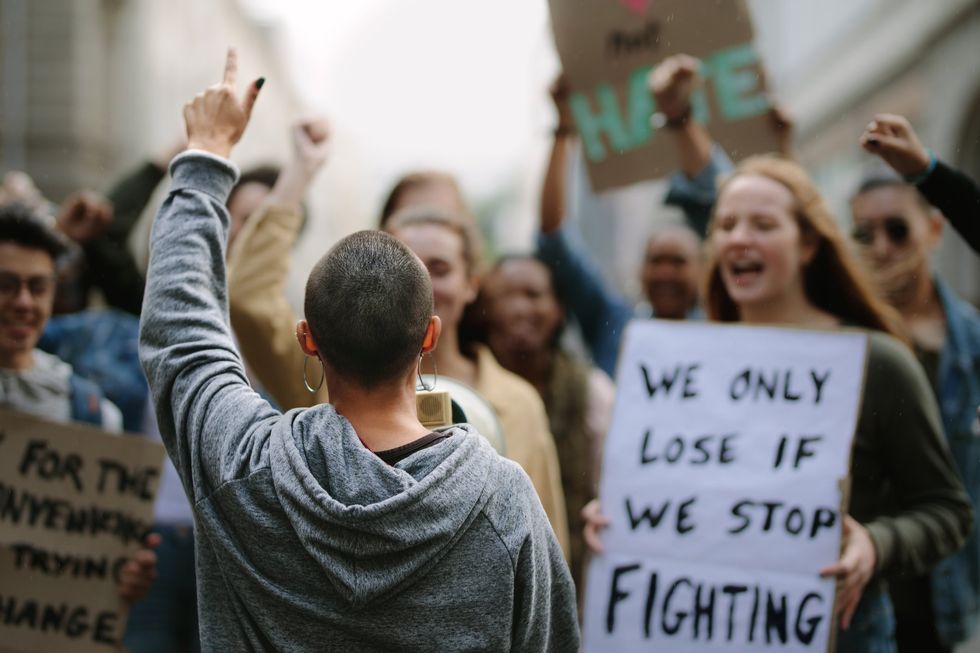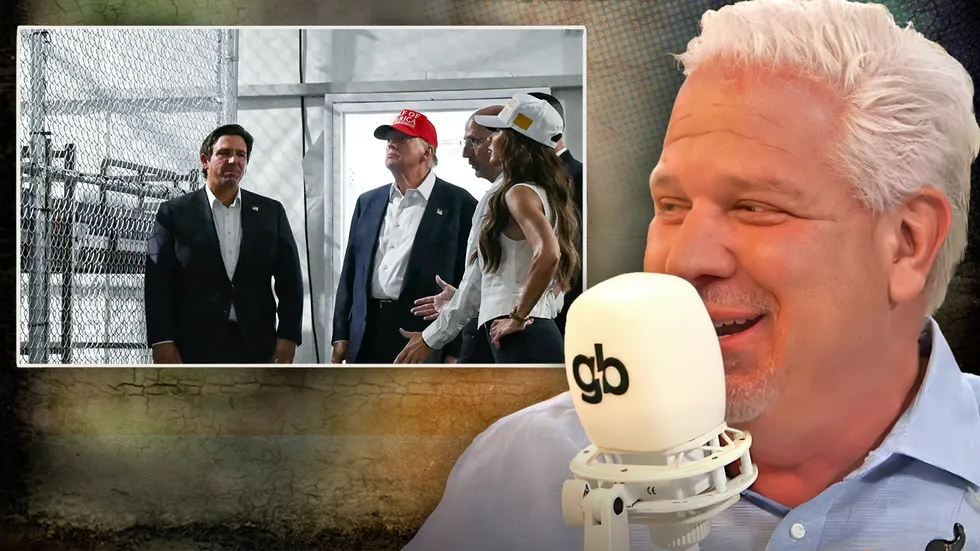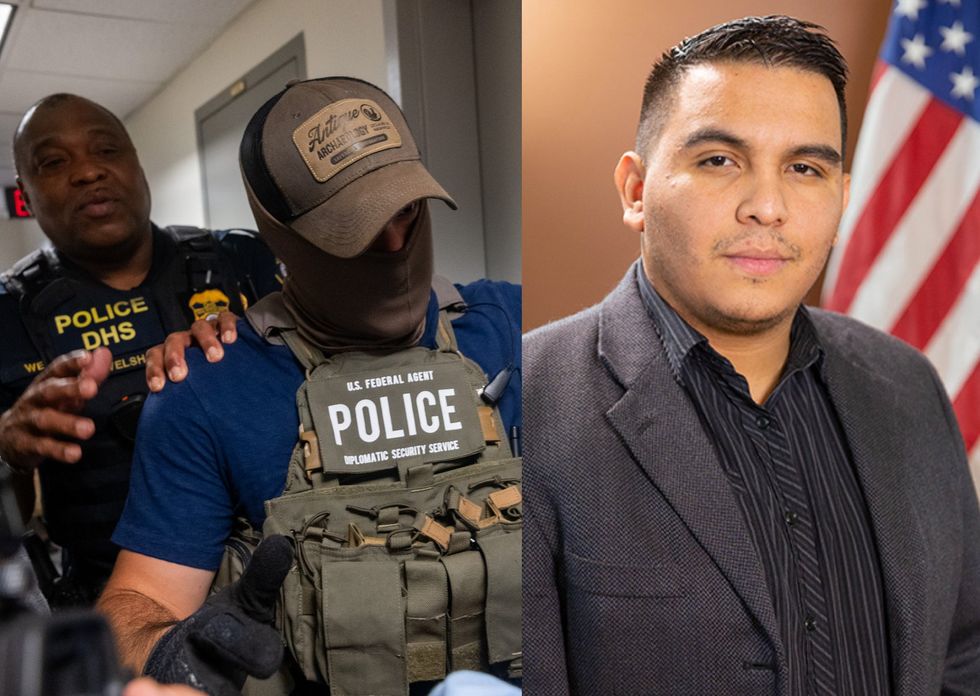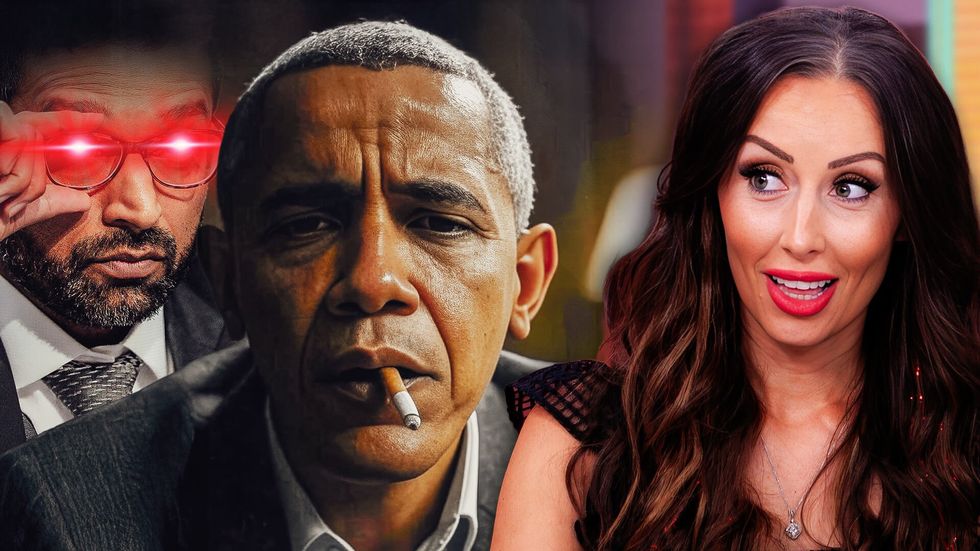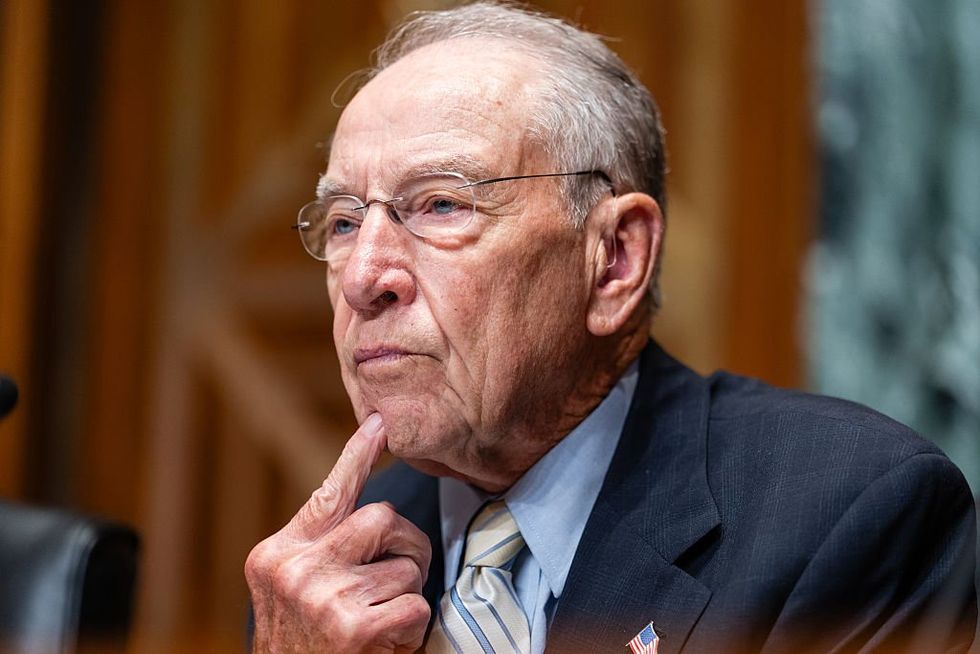How Trump’s Novel Legal Theory Made Mexico and Canada Cave Under Pressure
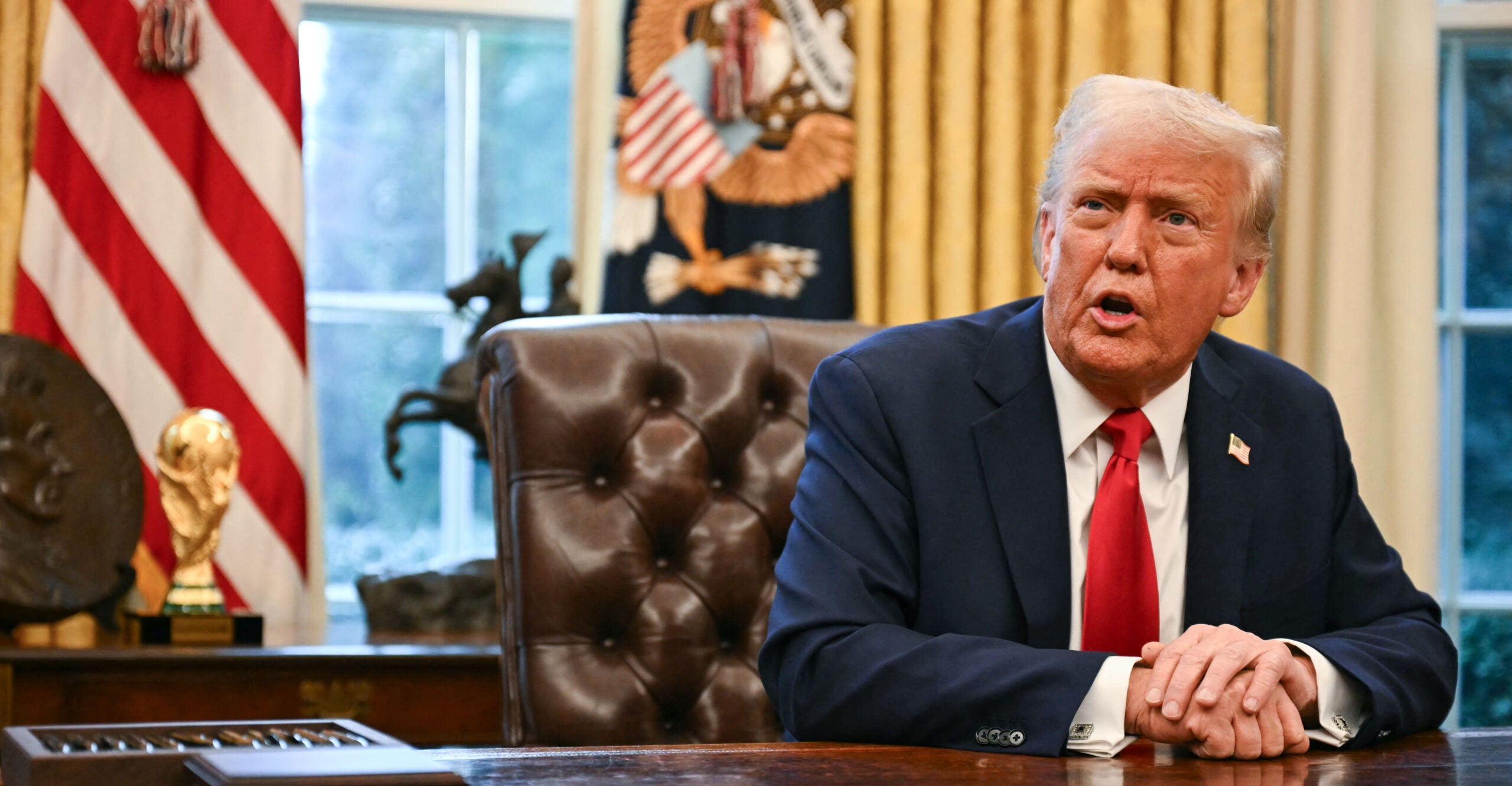
By using the threat of tariffs to pressure Canada and Mexico to pledge to stop the flow of fentanyl into the United States, President Donald Trump pursued a novel legal theory. He declared an emergency then used his emergency authority to threaten to impose tariffs to get our neighbors to comply with his border enforcement and economic policies.
Trump bypassed the typical avenues of tariff policy and instead used the 1977 International Emergency Economic Powers Act to declare the emergency and justify his tariff threats.
The act has been used by various presidents since the 1970s to respond to threats such as the Iran Hostage Crisis, the international drug trade, and the rise of Chinese-owned social media app TikTok.
But presidents have only used it to freeze transactions or seize properties—never to implement broad tariffs.
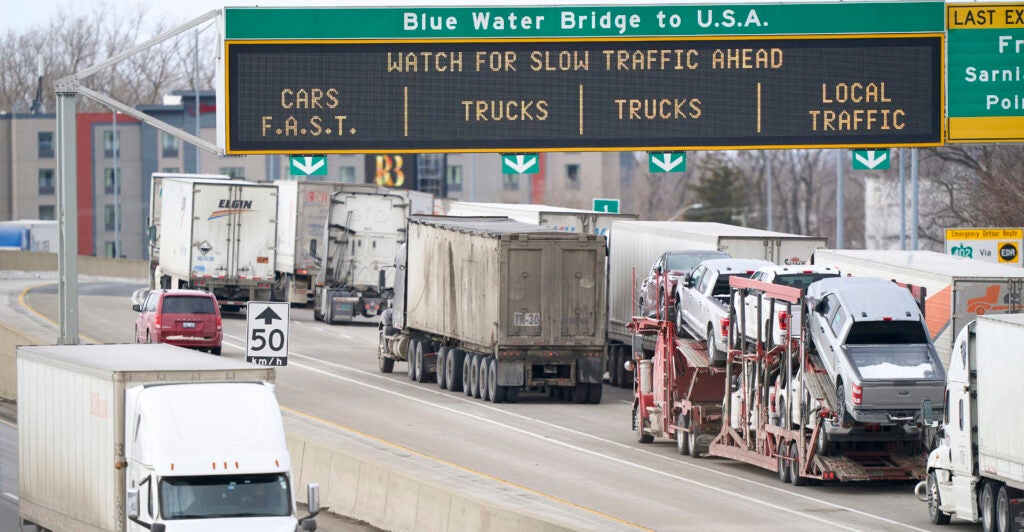
But why use the act to implement tariffs when there were other methods available?
While the president does have authority to implement tariffs under other acts, such as the Trade Act and the Tariff Act, these all require the president to consult his Cabinet and federal agencies—a time-consuming process at a point when Trump is in a hurry to fulfill his campaign promises.
Trump set the gears in motion for tariffs on his very first day in office, issuing the “America First Trade Policy” memo, which called on the secretary of the Treasury, as well as the United States trade representative to “investigate the causes” of America’s trade deficits.
These investigations, which are required by law if Trump wants to implement tariffs through the usual avenues, are due in April.
In the meantime, Trump sought new methods to pursue his MAGA trade agenda.
Heritage Foundation economic analyst Andrew Hale told The Daily Signal that Trump’s use of the International Emergency Economic Powers Act to declare a fentanyl trafficking emergency is a first in American history.
“The word ‘tariff’ does not appear in IEPA. It’s not in the legislation. And it’s never been used to weaponize tariffs against friend or foe ever before. So, there’s no precedent,” said Hale.
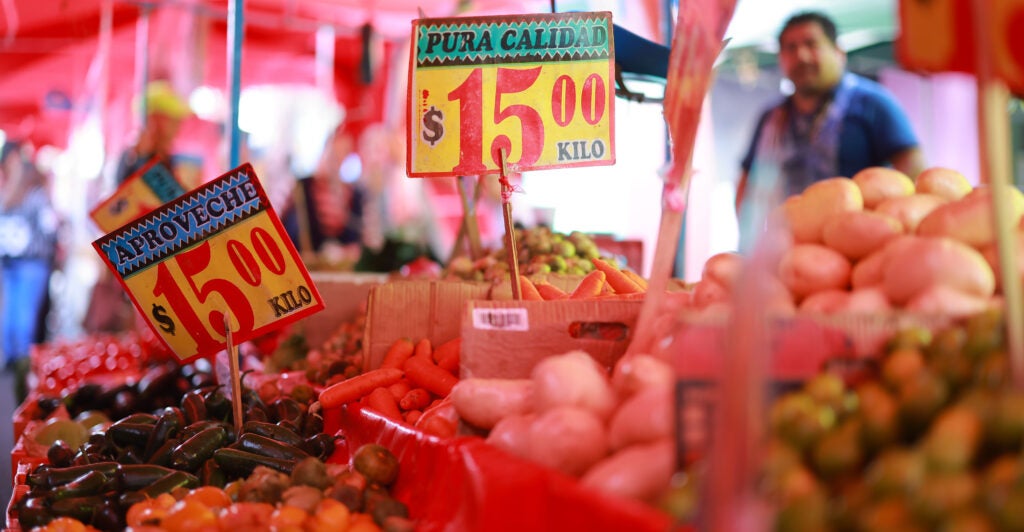
According to Hale, this bold attempt to expand the authority of the act is sure to meet court challenges: “Congress—when they gave this power to the president in 1977—they never envisioned and never intended for it to employ tariffs. So, you’re going to have a judge have to consider all that.”
Bill Reinsch of the Center for Strategic and International Studies weighed in on this very question in an interview with Politico published Monday.
“The question will be, Can you find a judge who will write an injunction to stay the tariffs from going into effect?” he said. “And my prediction is that will be hard, because you’re asking a federal judge to essentially say, ‘I know more than the president does about what an emergency is.’ And I think judges are going to be reluctant to do that.”
Trump’s rhetoric surrounding the tariffs has revolved around both the fentanyl trade and simple economic self-interest.
Speaking to the media Sunday night, Trump justified the tariffs at first on economic grounds.
“They [Canada] don’t allow a lot of things in, and we allow everything to come in. It’s been a one-way street. We subsidize Canada by the tune of about $200 billion a year. And for what? What do we get out of it? We don’t get anything out of it.”
However, the president also criticized Canada for its lax treatment of fentanyl—the official reason for the tariffs.
Asked by a reporter what Canada and Mexico needed to do for him to lift the tariffs, Trump replied, “Fentanyl has killed, this year, at least 200,000 people. It’s pouring in from China through Mexico and Canada, and they’ve got to stop it. And if they don’t stop it, the tariffs are going to get worse. A lot worse.”
Trump kept his word the very next day.
After a call with Mexican President Claudia Sheinbaum Monday where she pledged to immediately order 10,000 Mexican troops to the border to prevent the flow of fentanyl into the United States, Trump agreed to put tariffs on hold for a month.
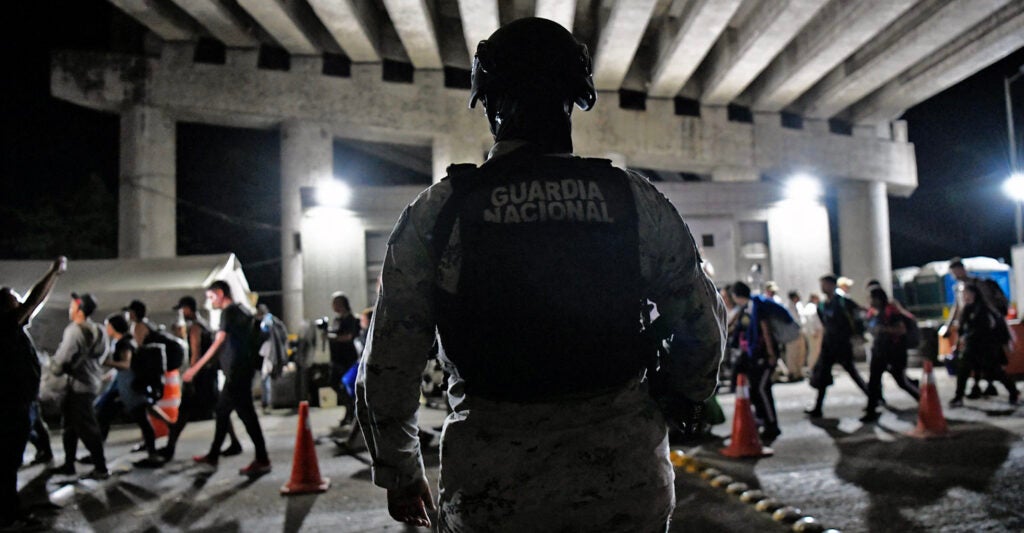
Just hours later, Trump put a similar one-month hold on tariffs when Canadian Prime Minister Justin Trudeau pledged 10,000 troops of his own to guard the northern border.
Although Trump’s methods for addressing the fentanyl crisis were unprecedented, they seem to have been effective.
In the meantime, as it remains unclear whether eventually the tariffs will be reinstated, business leaders in the United States are watching the situation play out.
Cox Automotive analyst Erin Keating, a consultant for the automotive industry, told The Daily Signal that she believes manufacturers have already been preparing for hectic, back-and-forth trade negotiations: “My sense is that a lot of the [auto] manufacturers have been working with their suppliers over the last few months to at least position themselves to be able to manage through a couple of days of uncertainty to figure out where, where this is really going—again, based on the fact that the administration can sometimes wobble on what they’re doing.”
The post How Trump’s Novel Legal Theory Made Mexico and Canada Cave Under Pressure appeared first on The Daily Signal.
Originally Published at Daily Wire, Daily Signal, or The Blaze
What's Your Reaction?
 Like
0
Like
0
 Dislike
0
Dislike
0
 Love
0
Love
0
 Funny
0
Funny
0
 Angry
0
Angry
0
 Sad
0
Sad
0
 Wow
0
Wow
0

